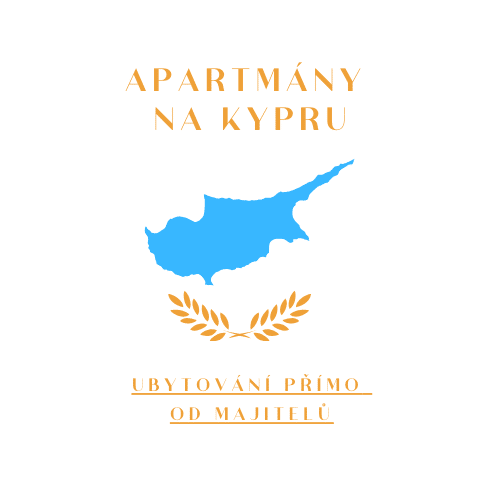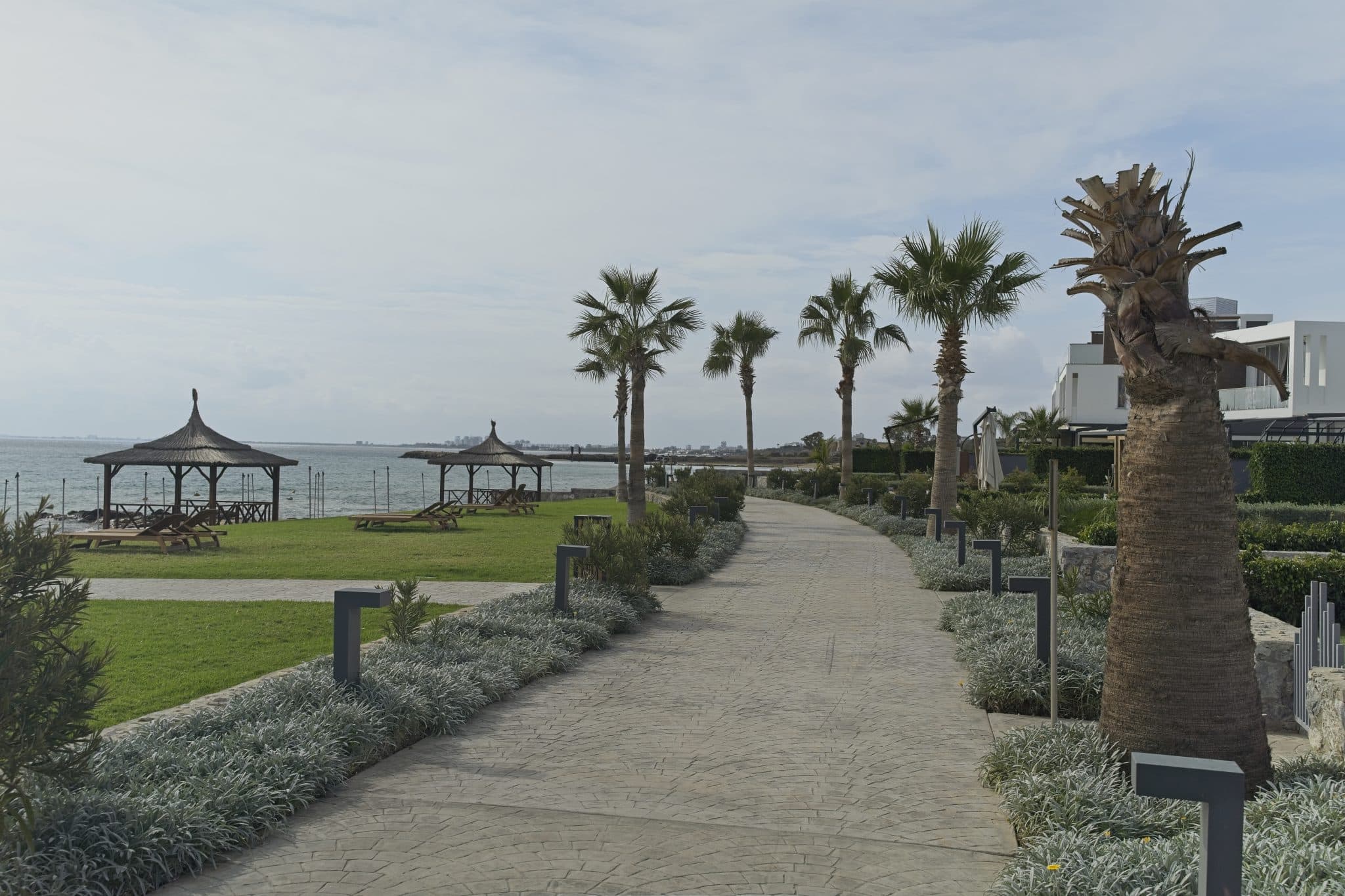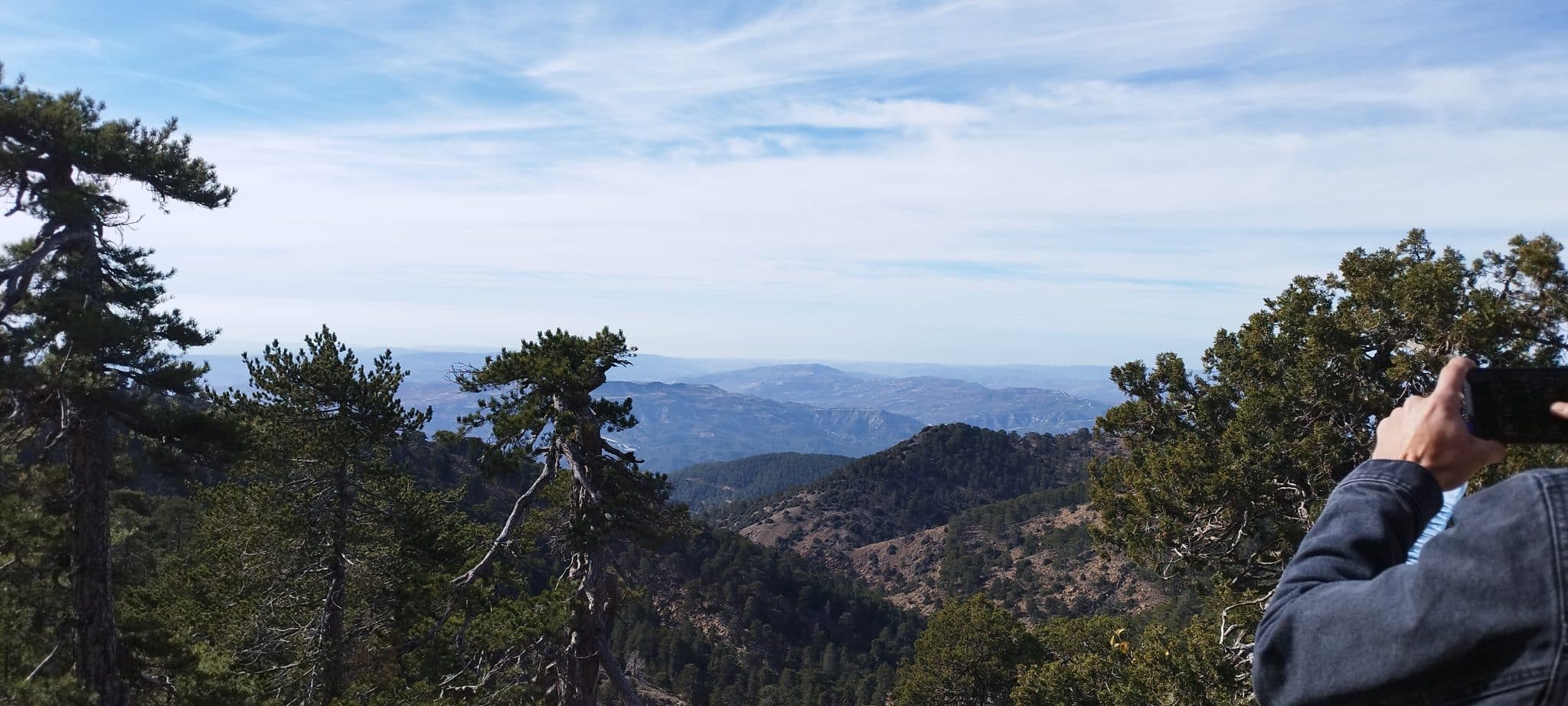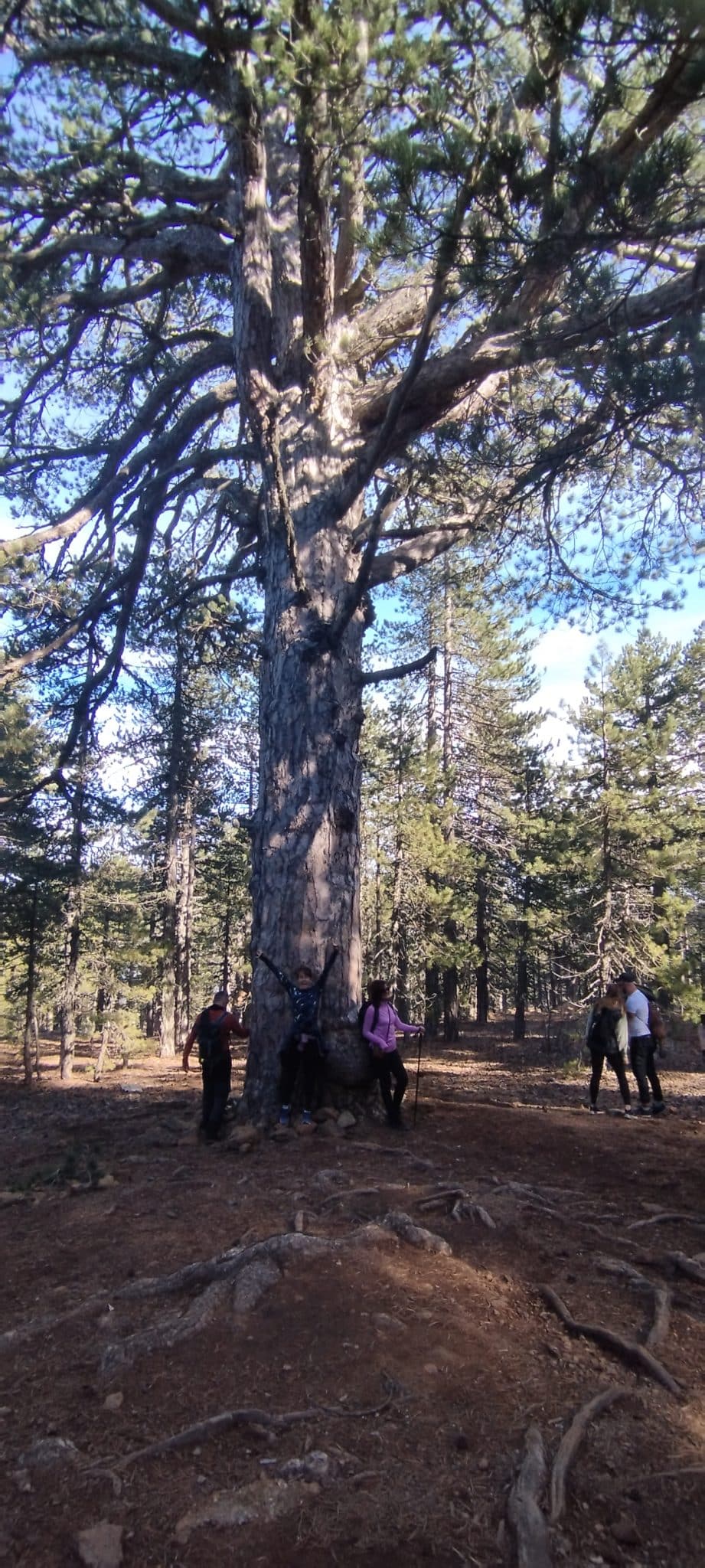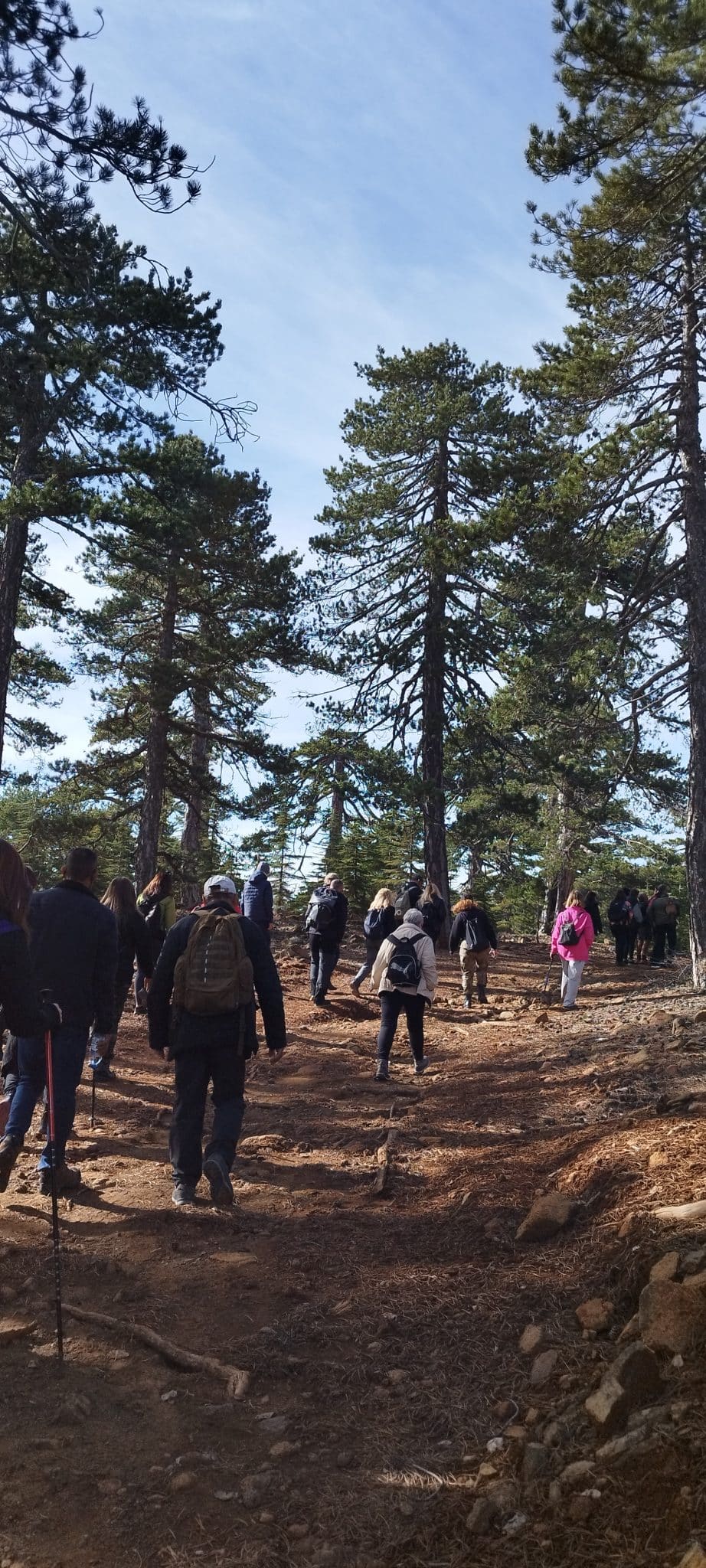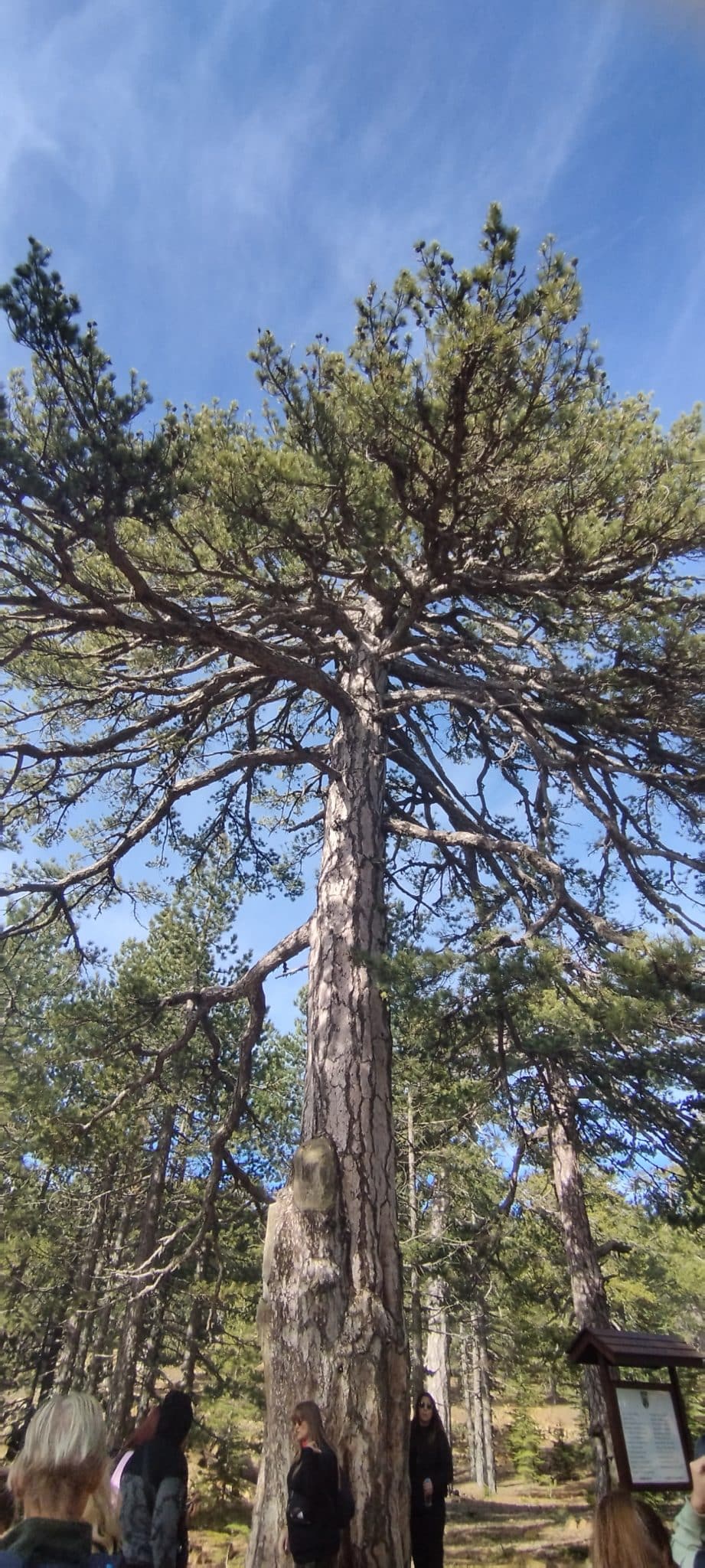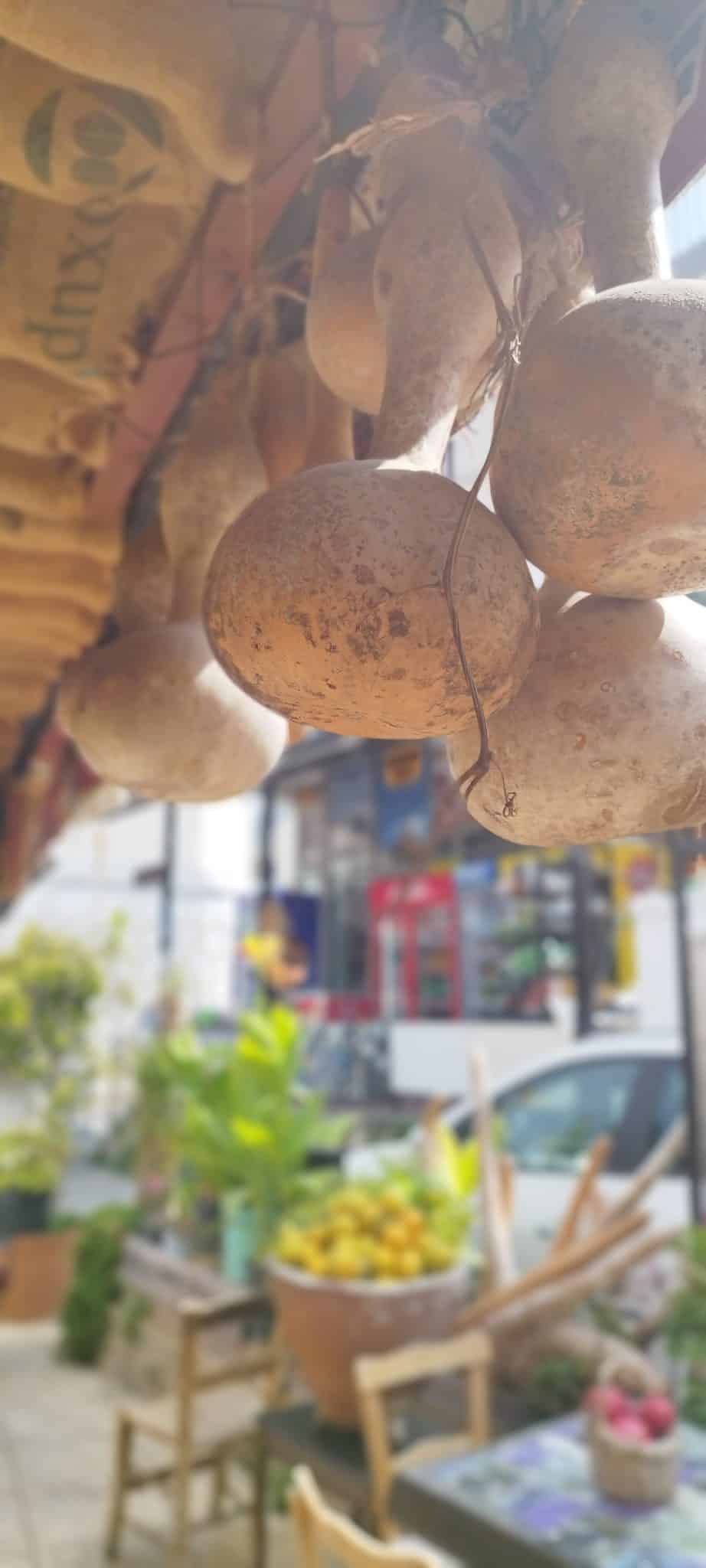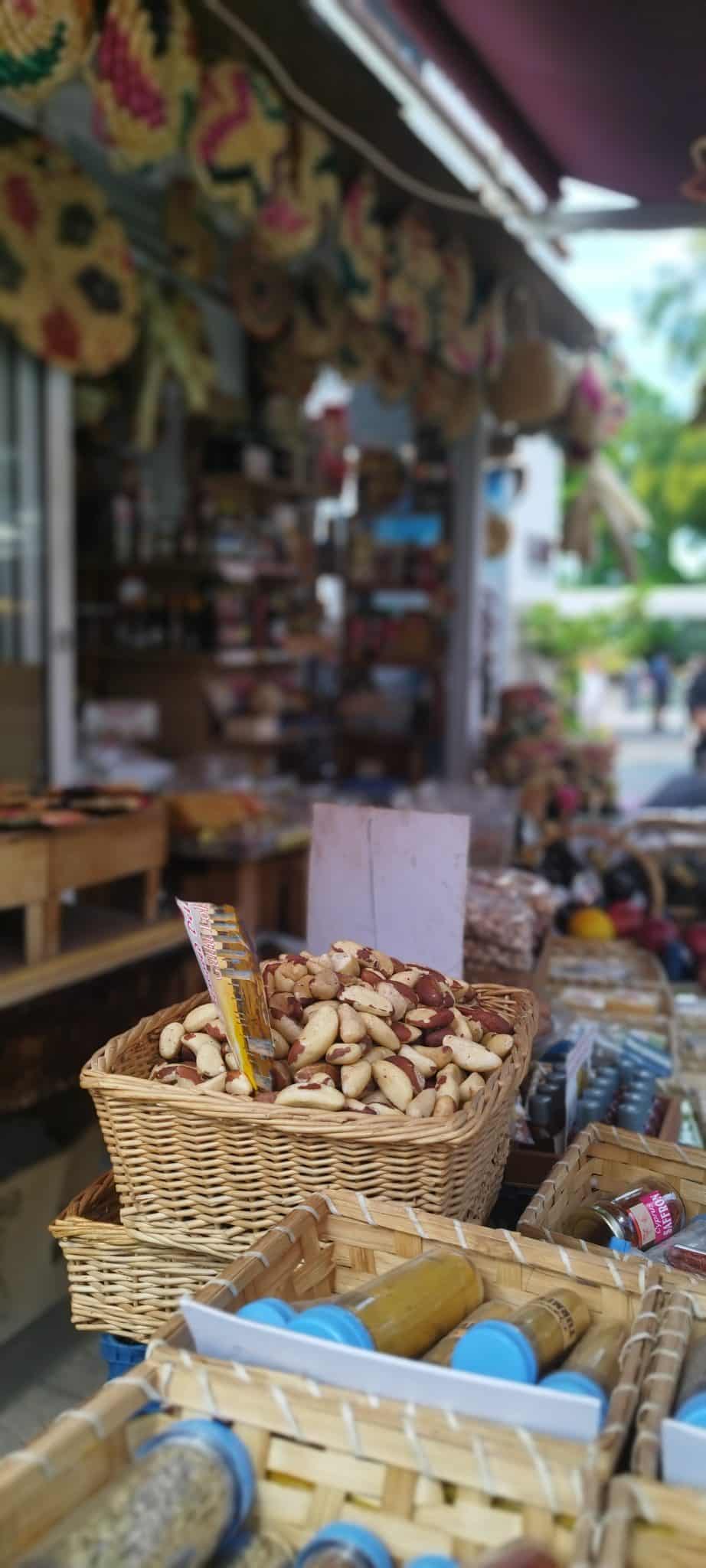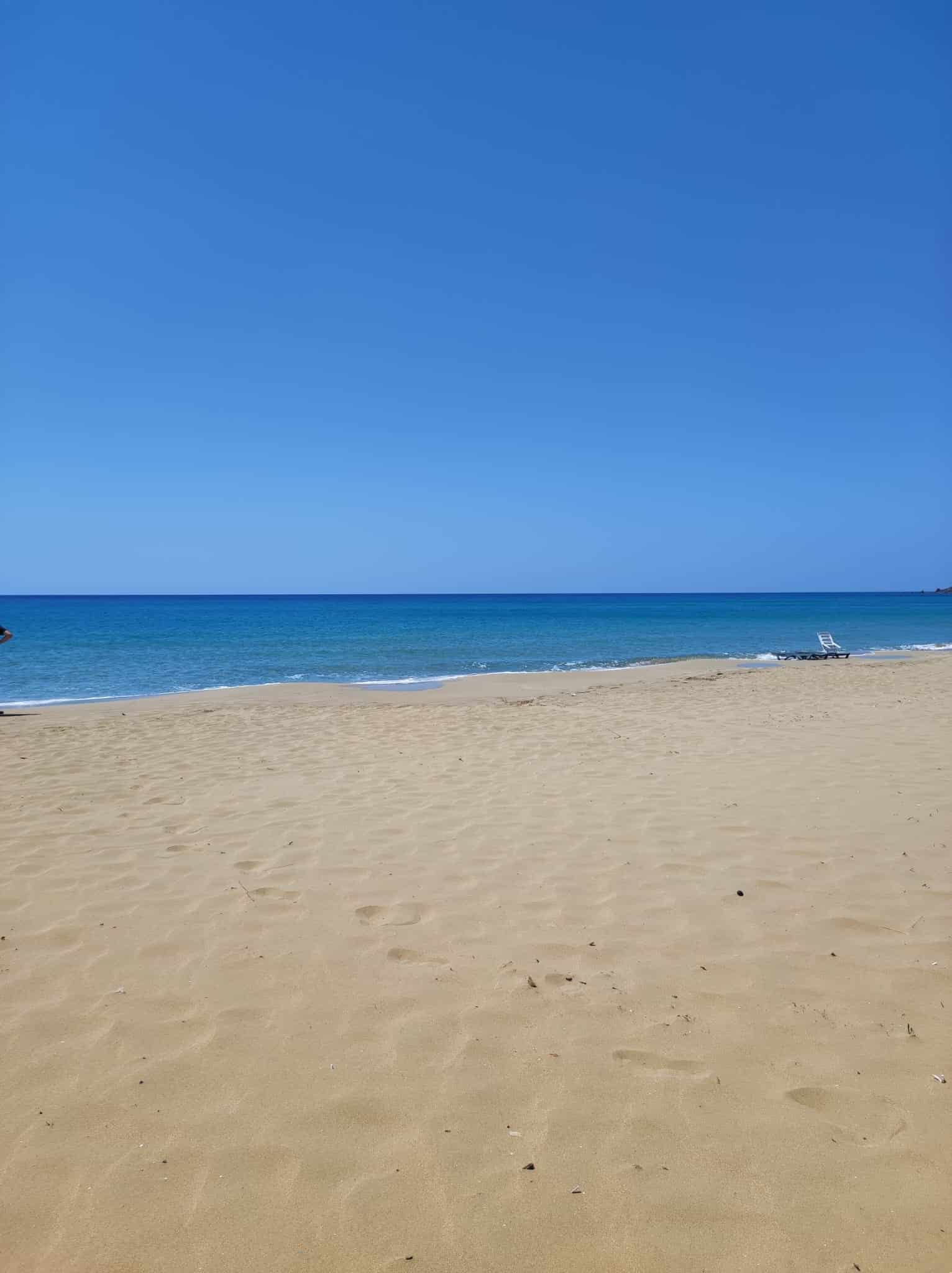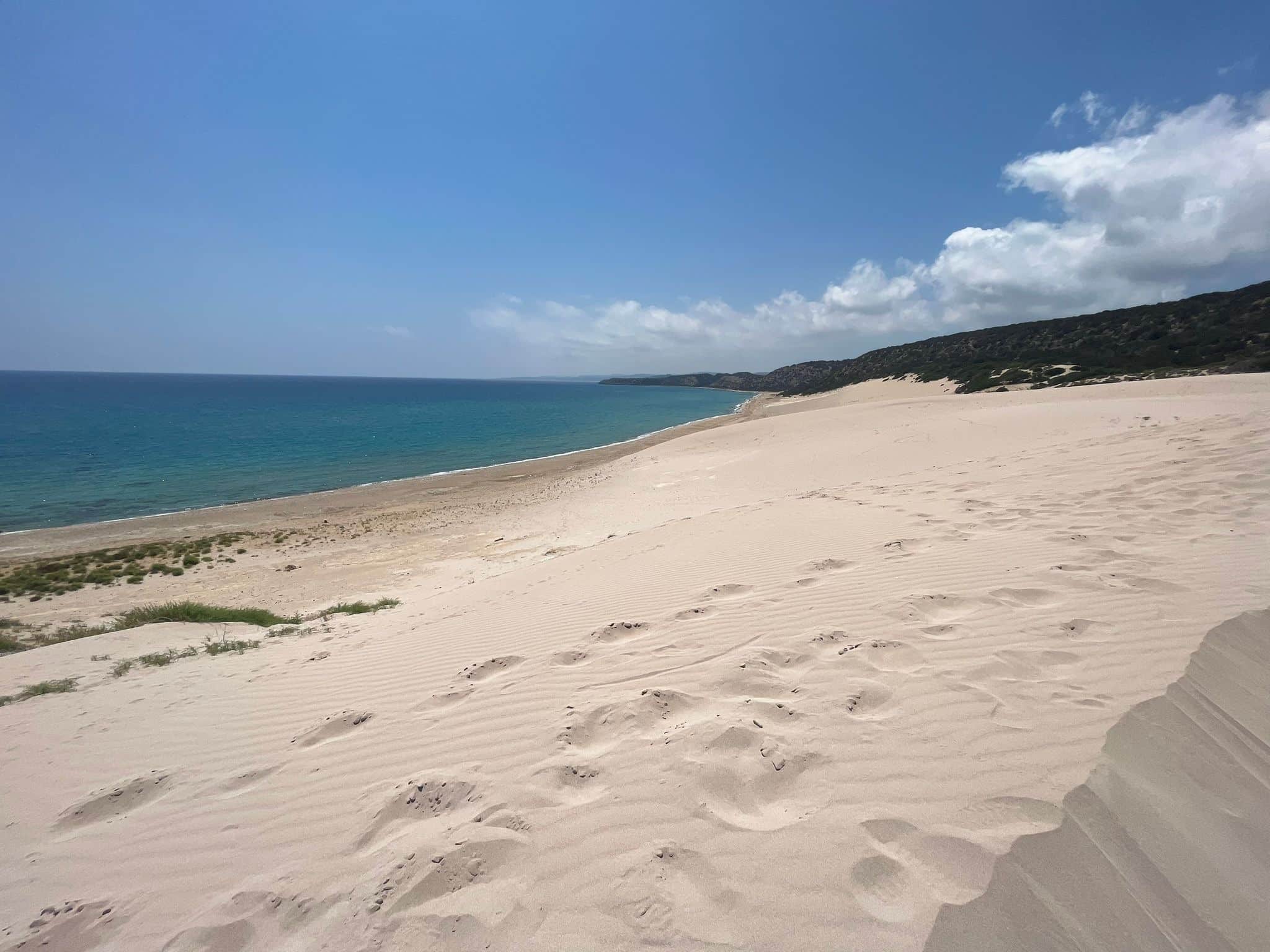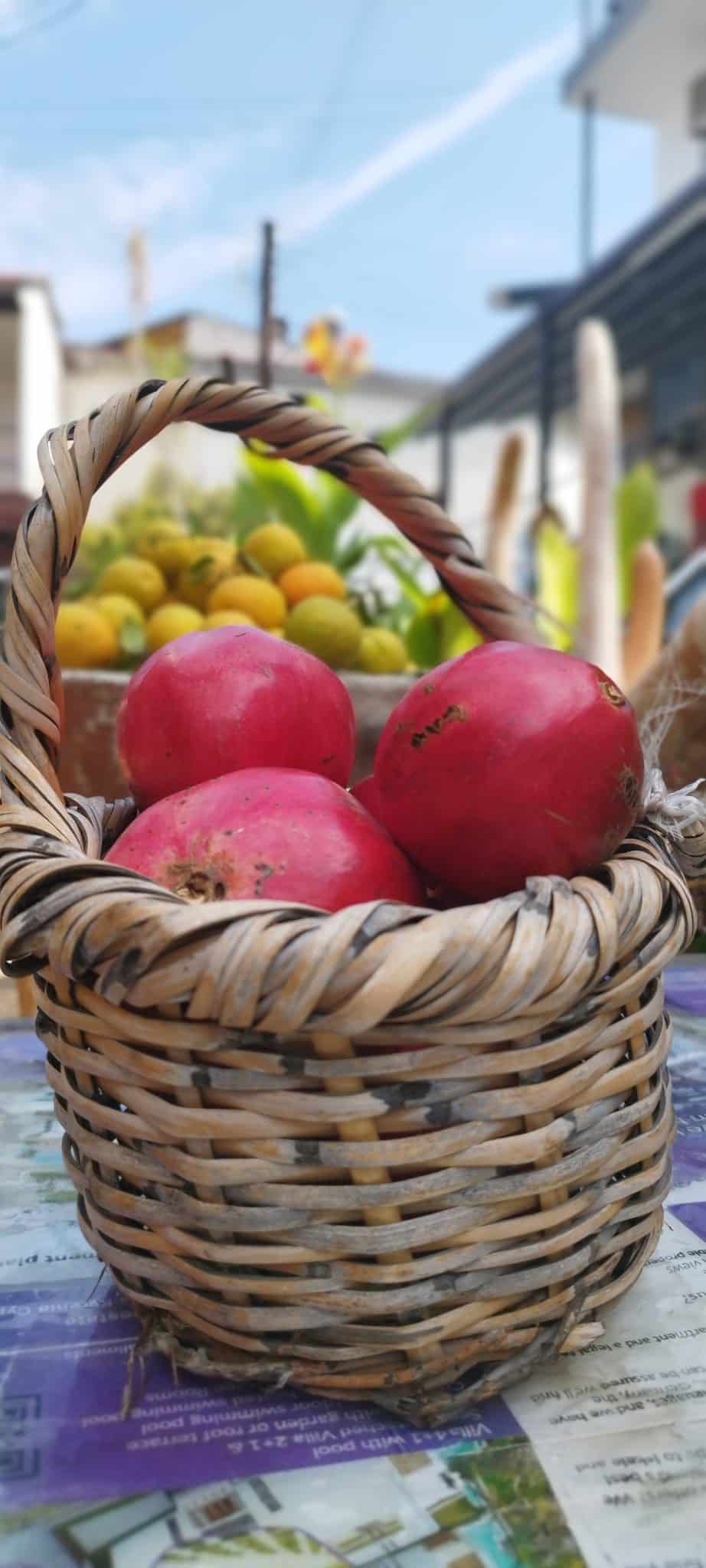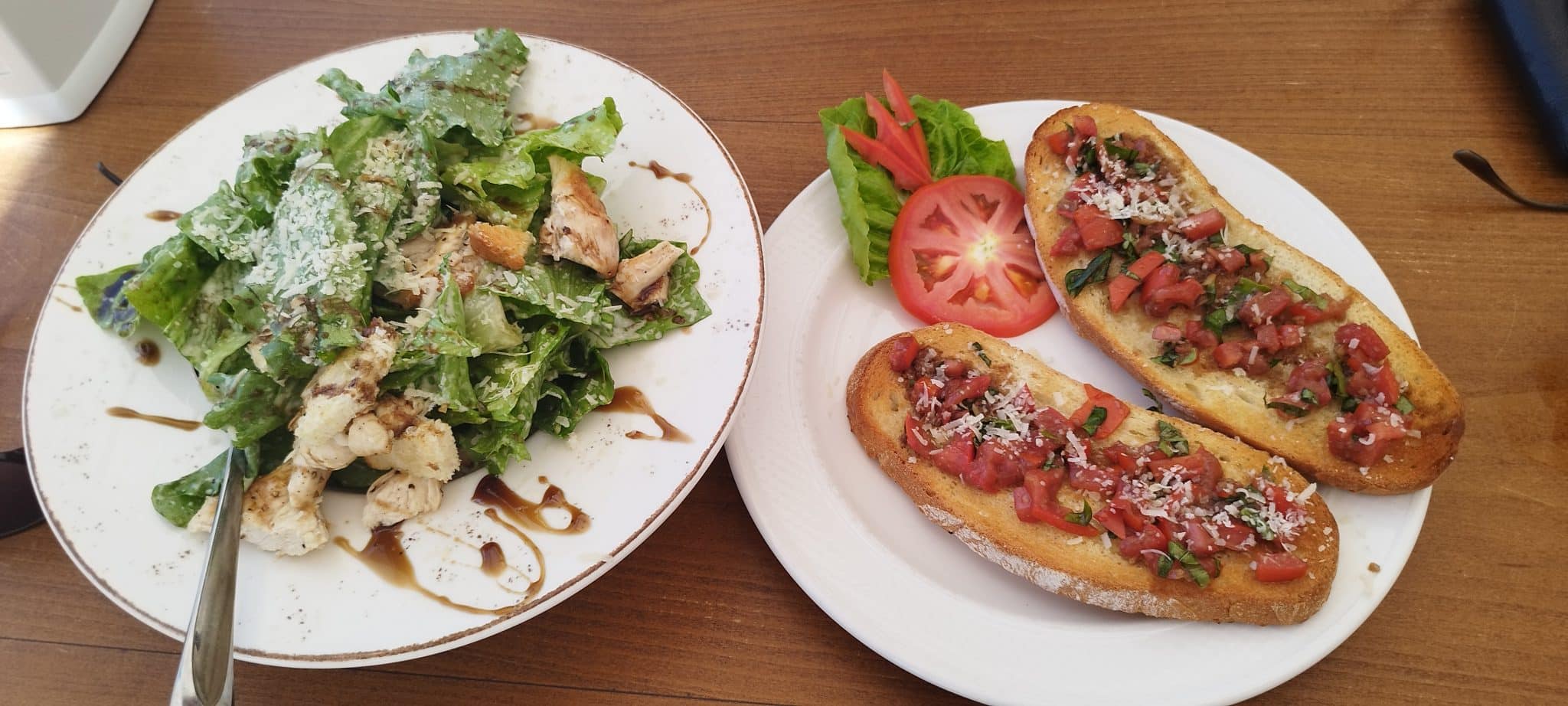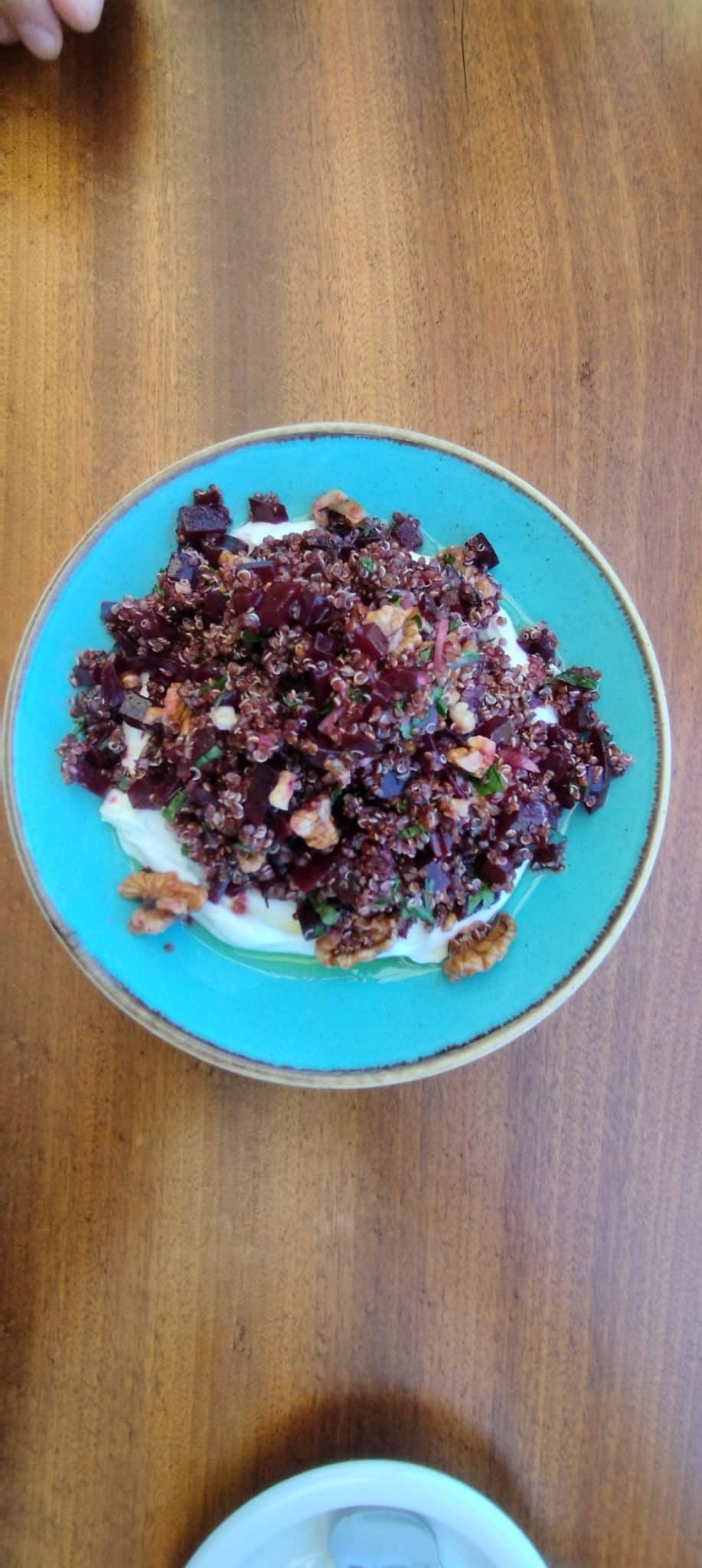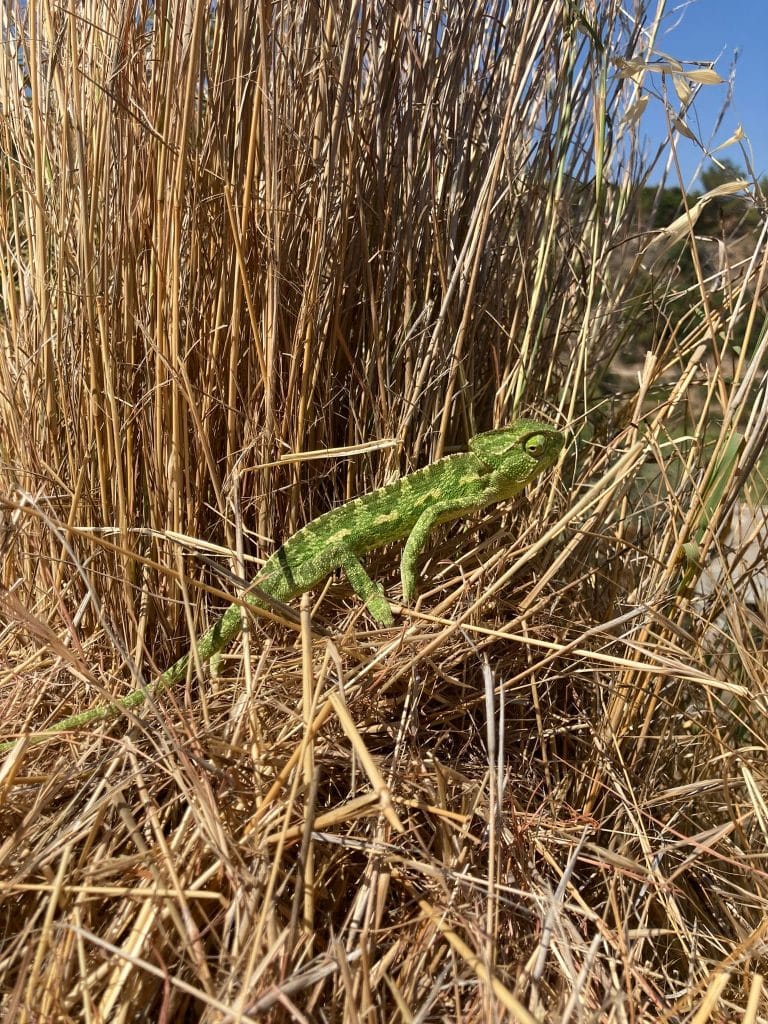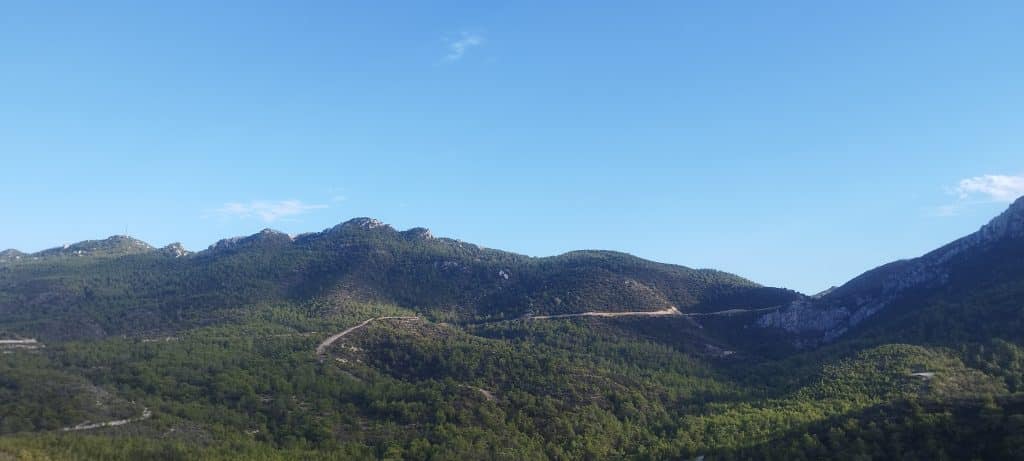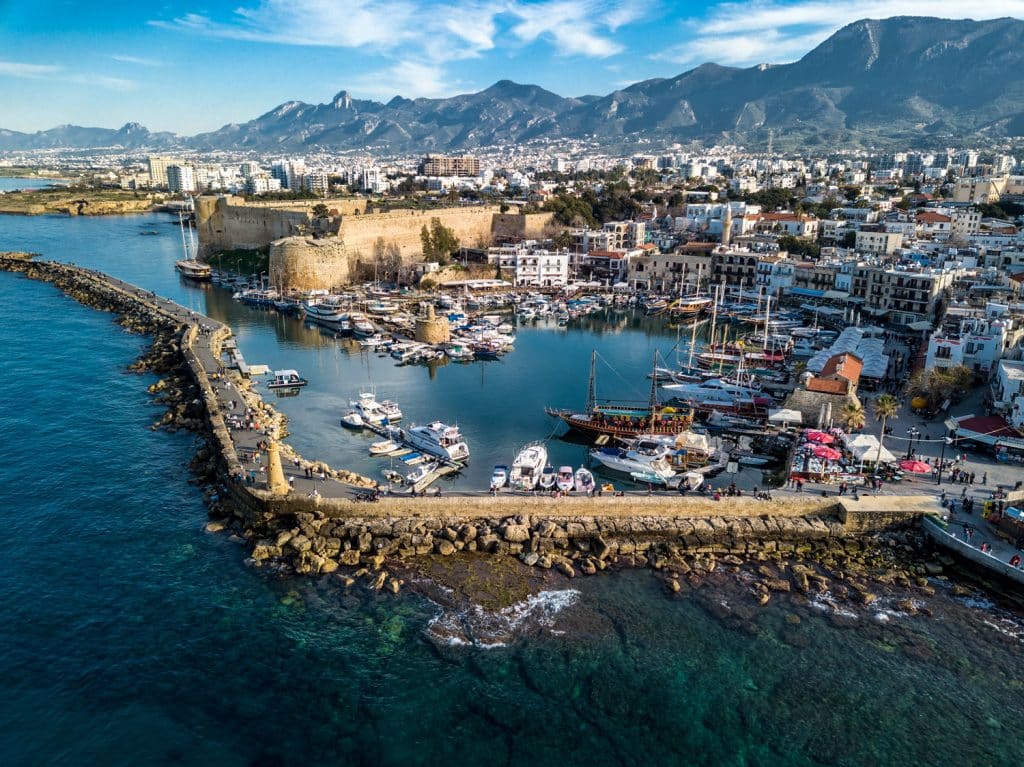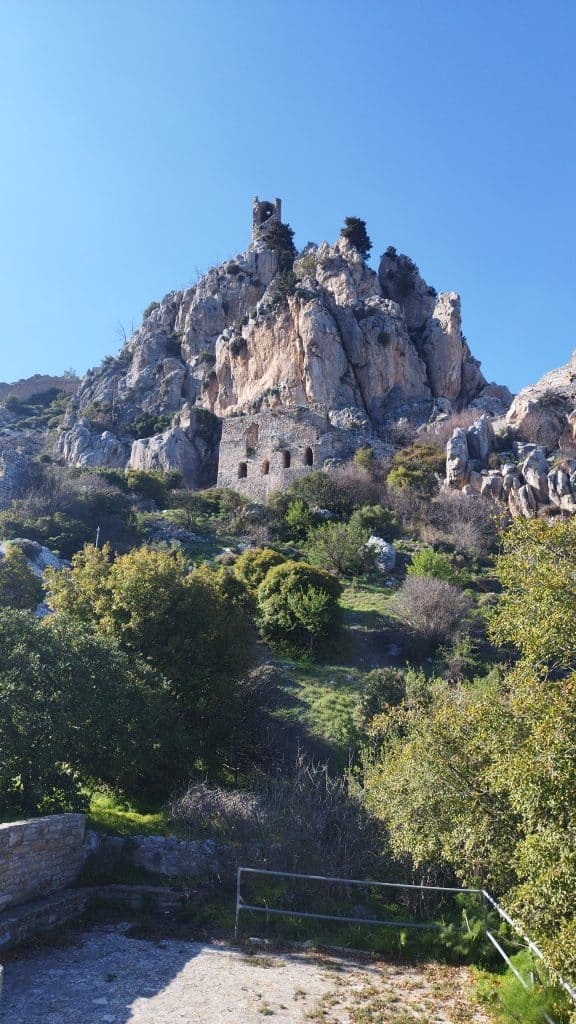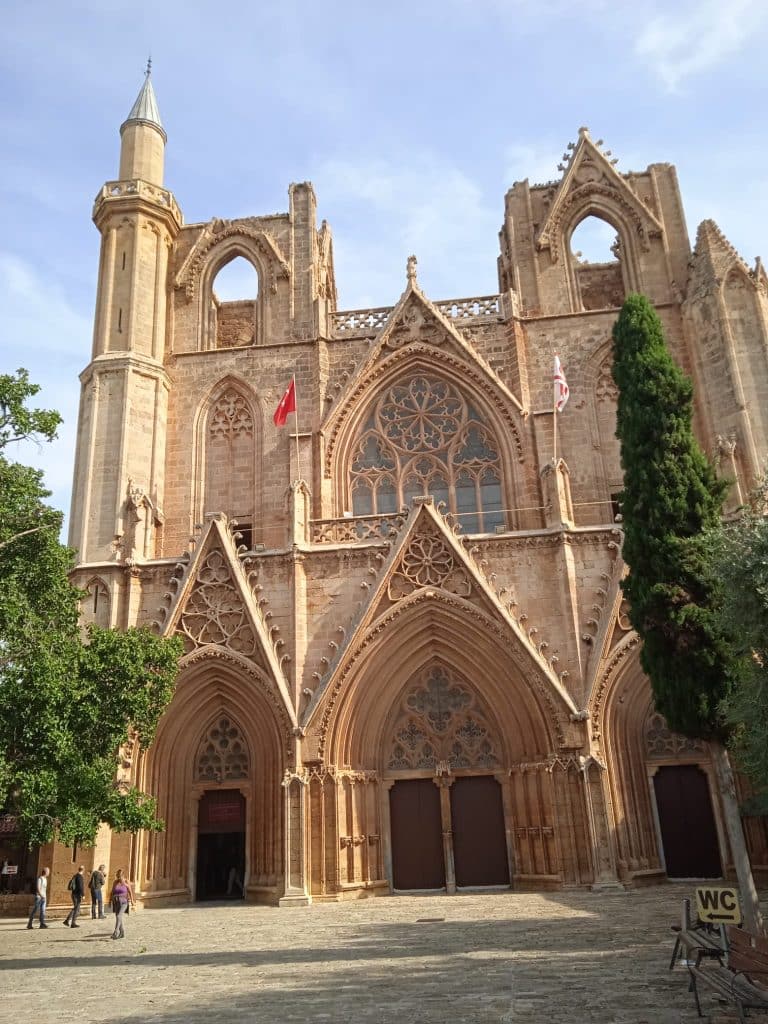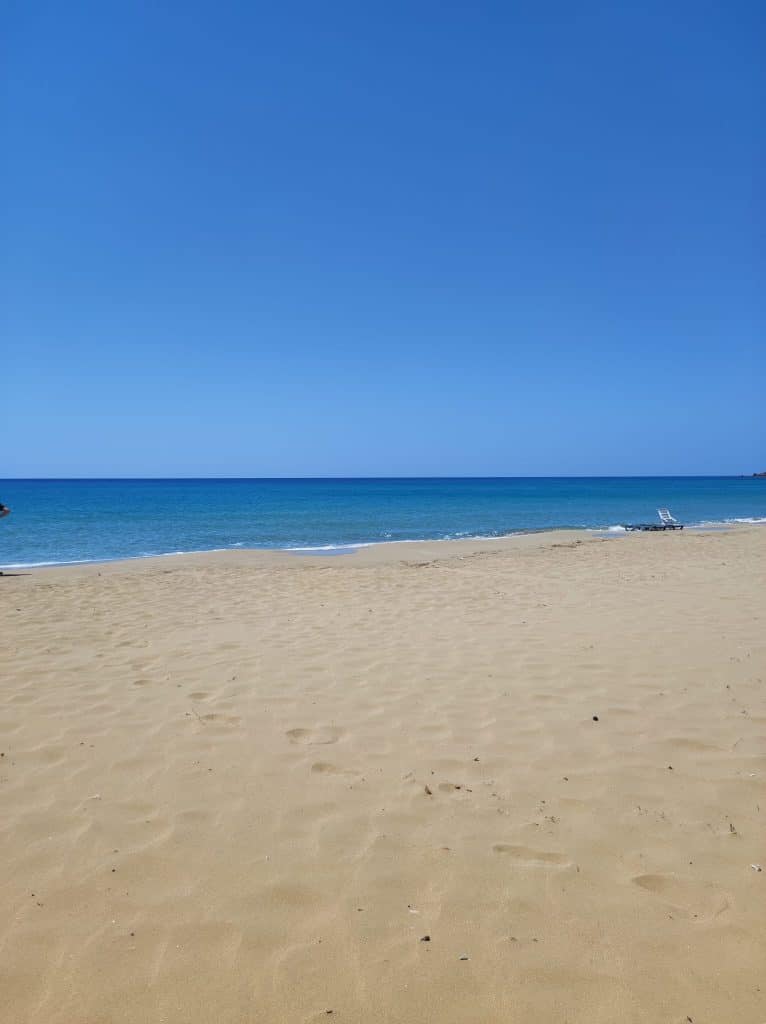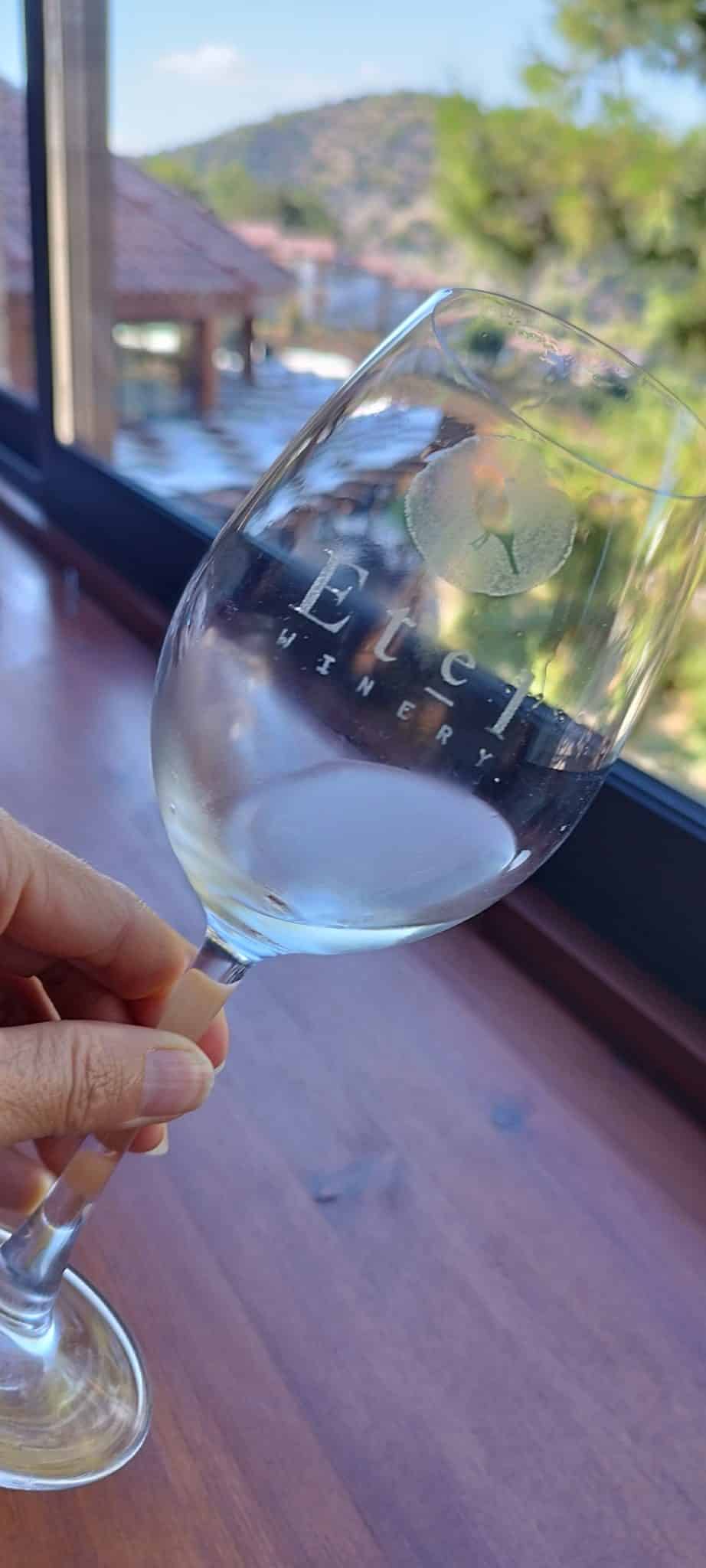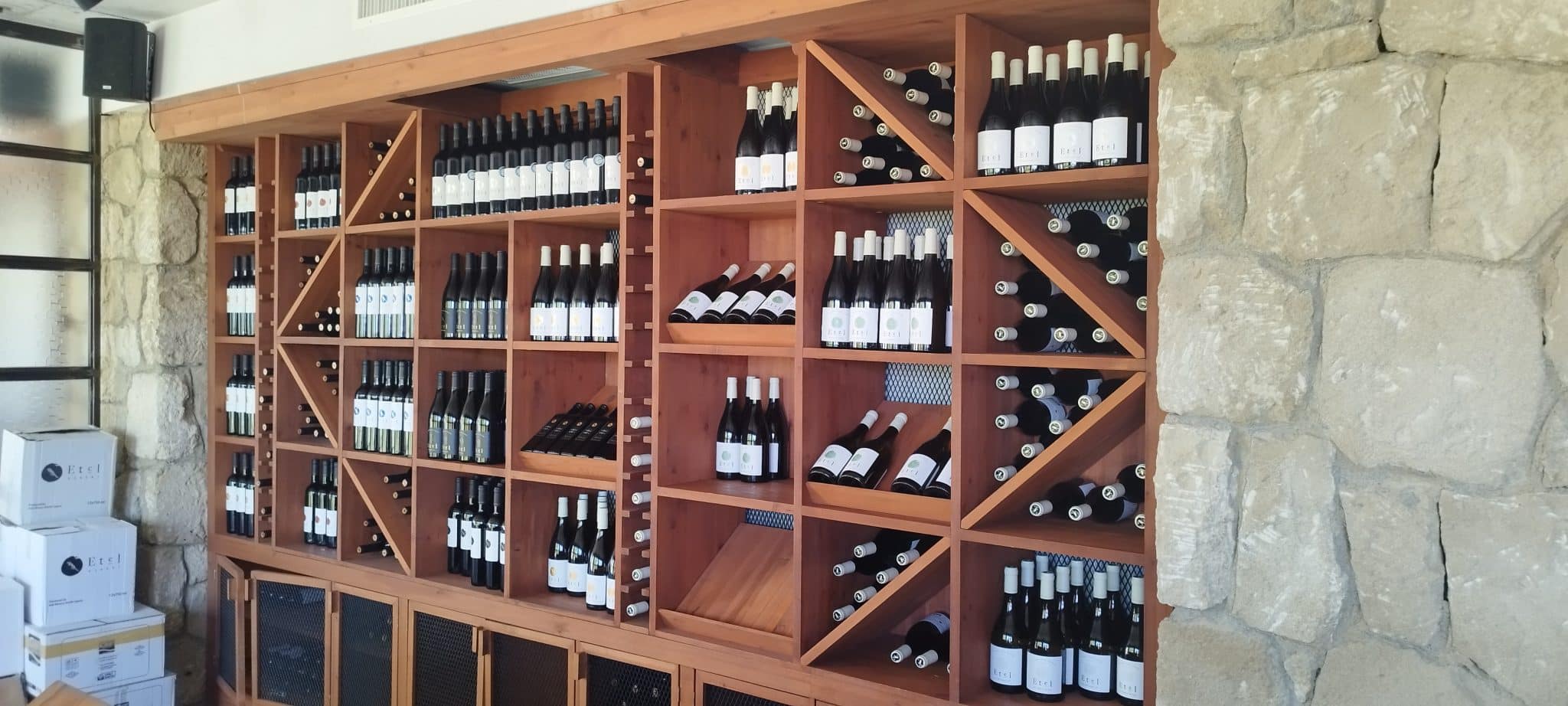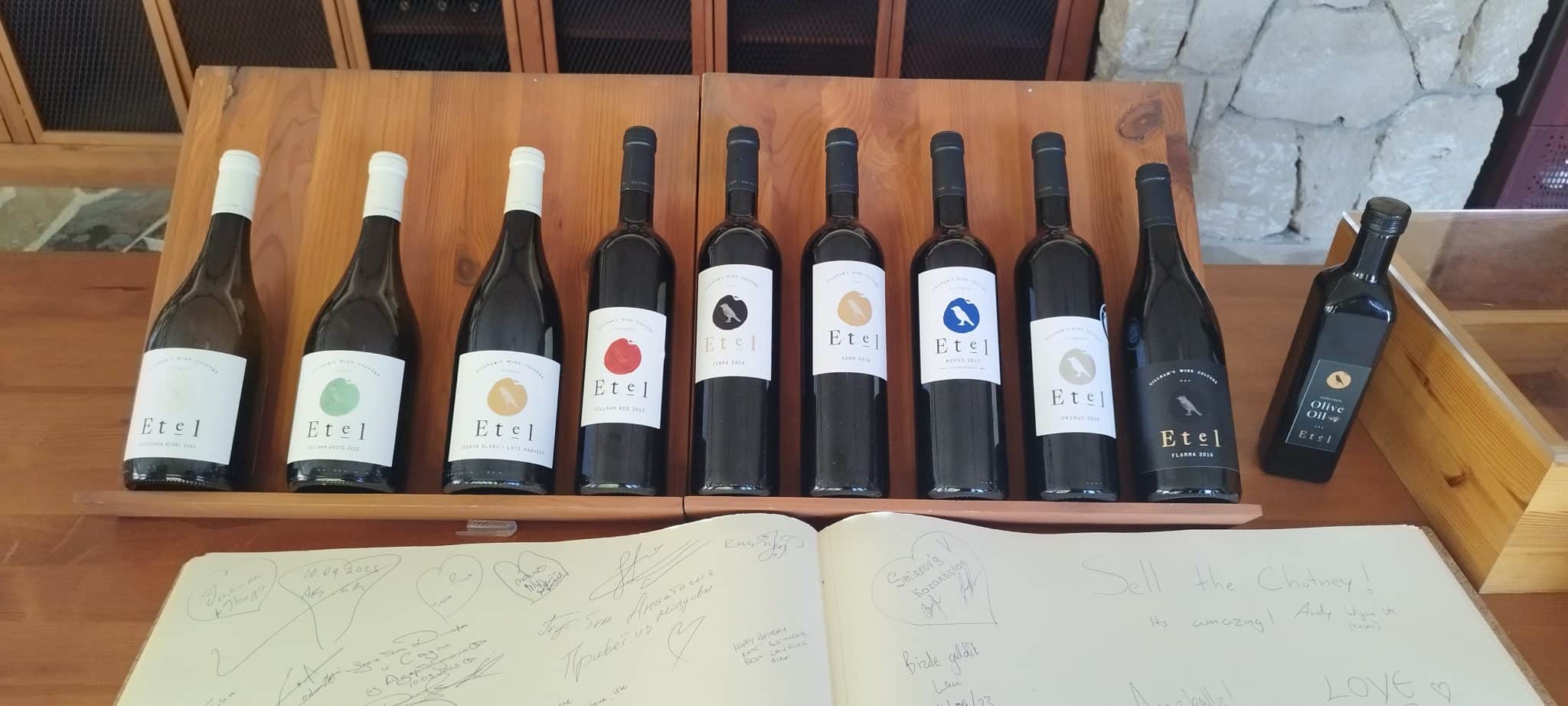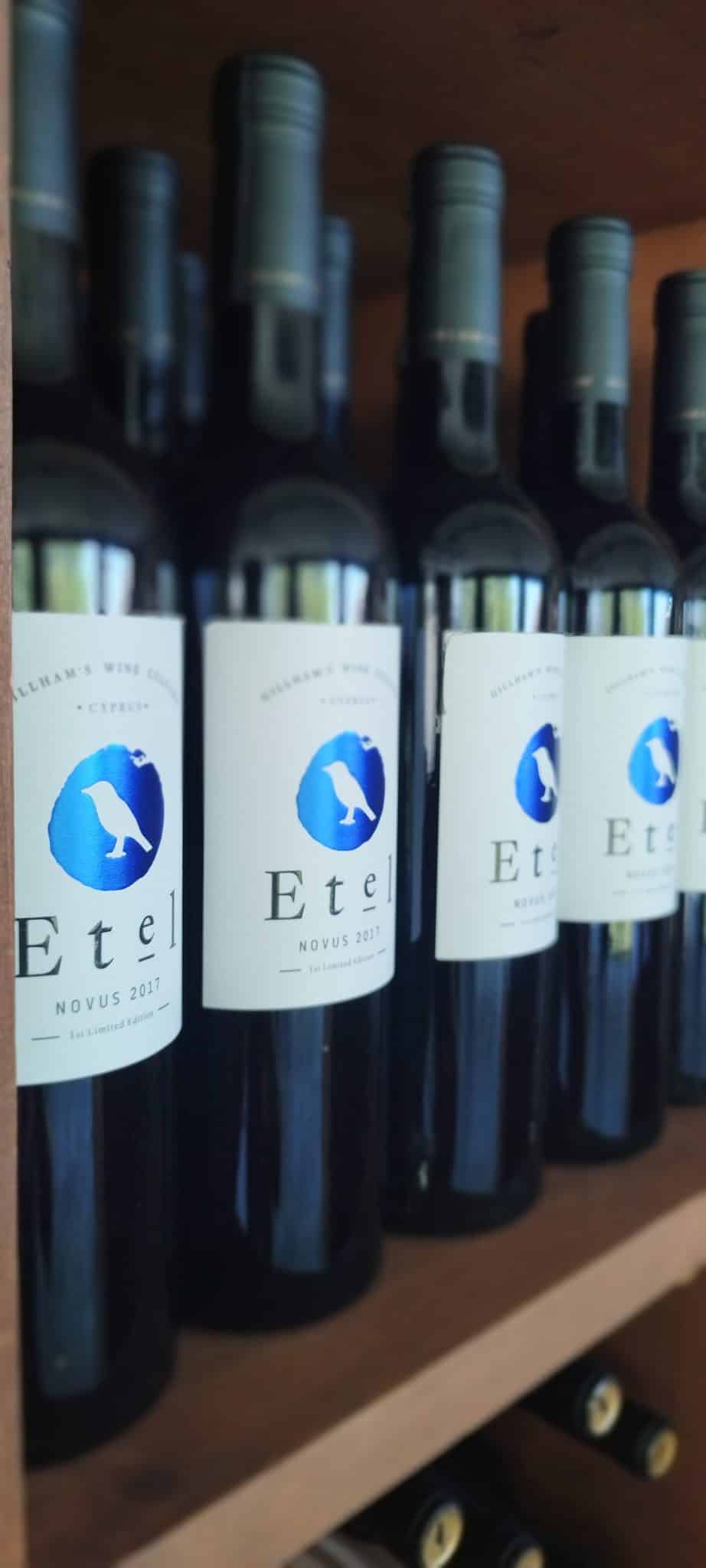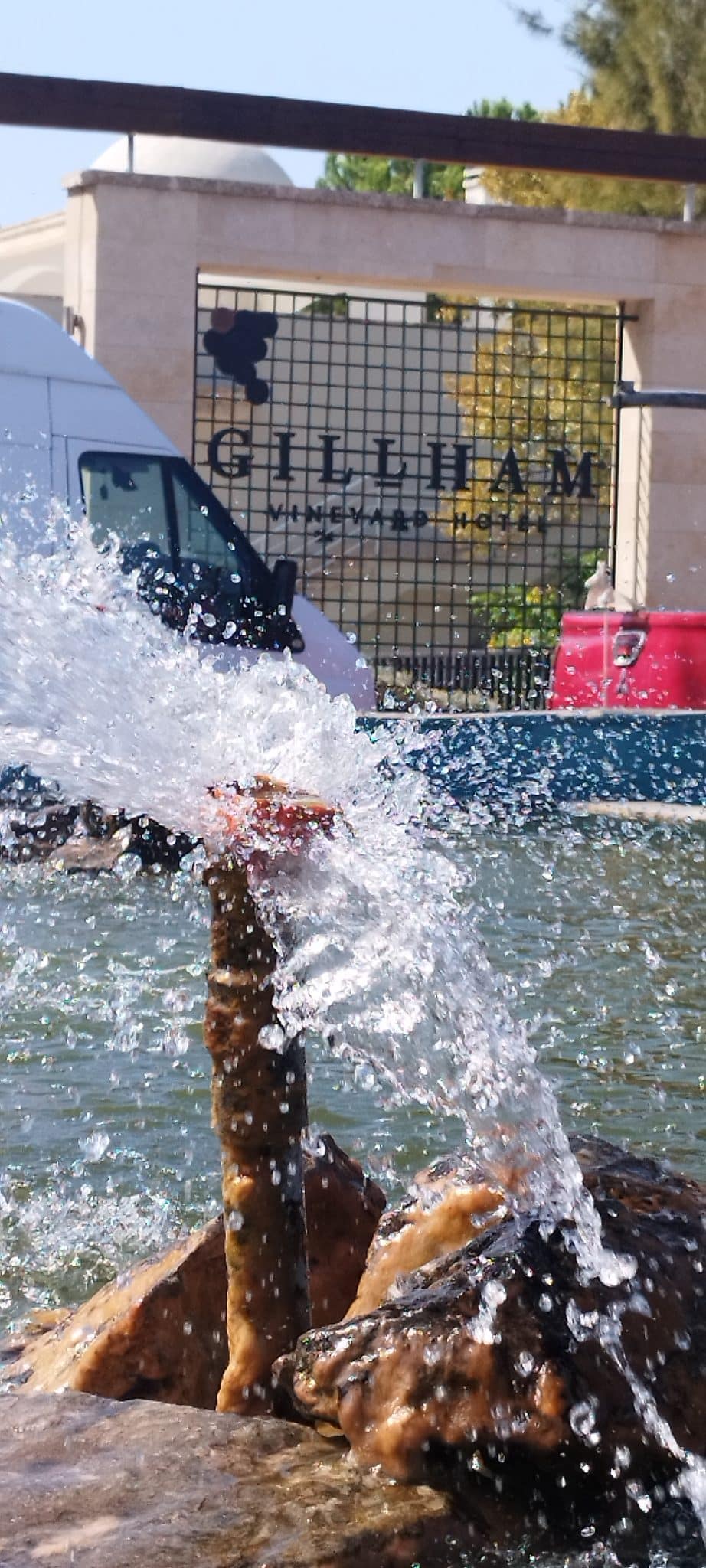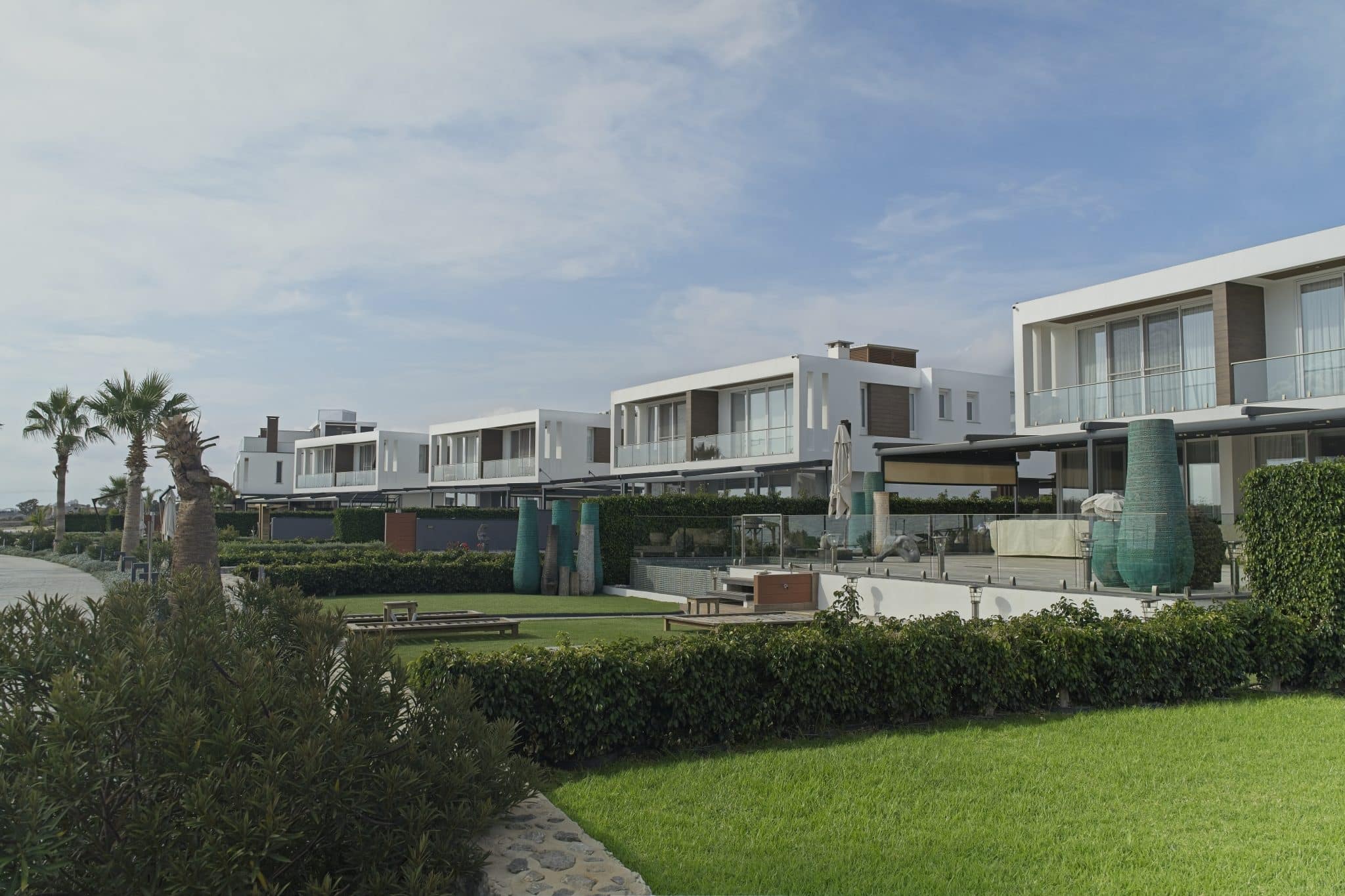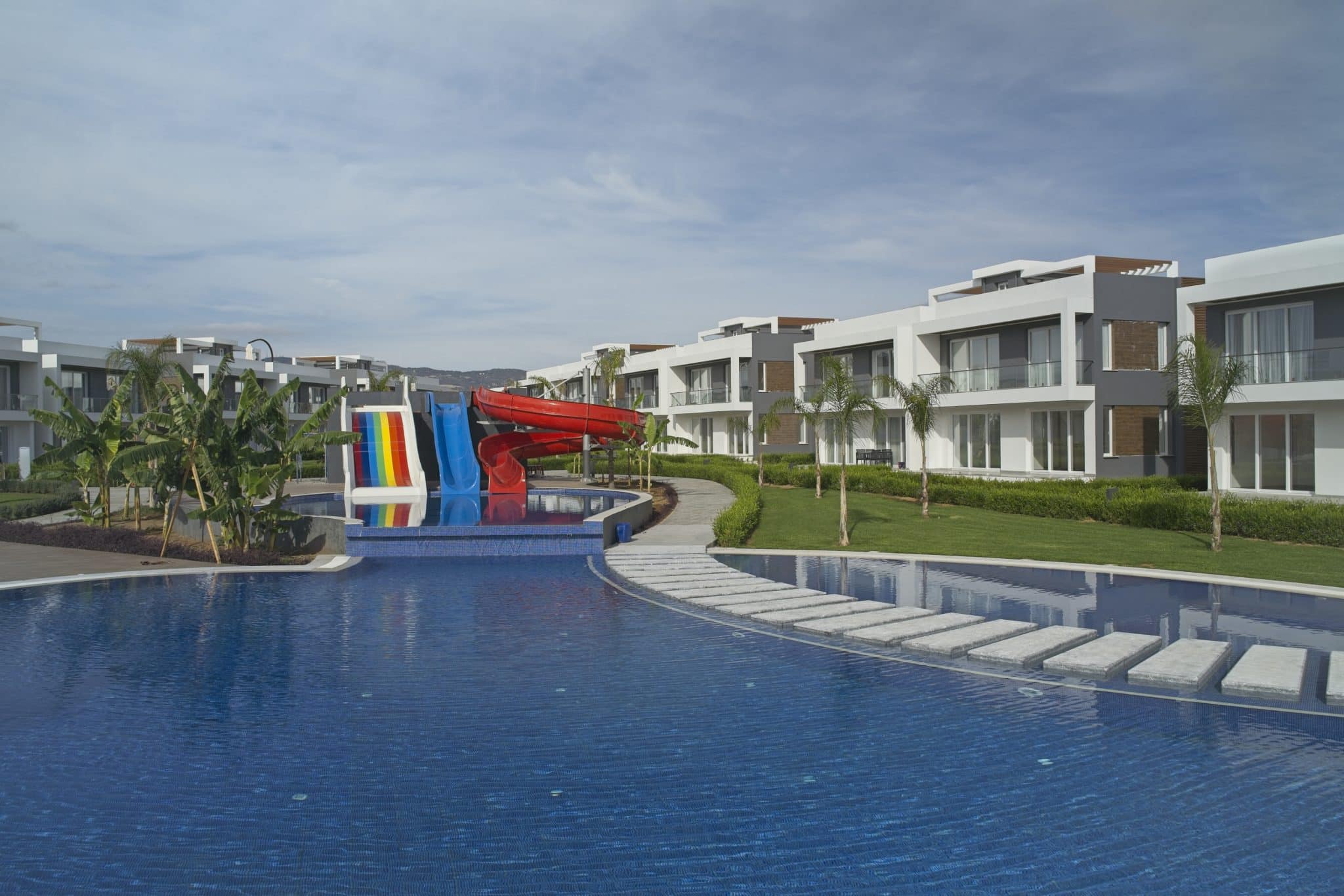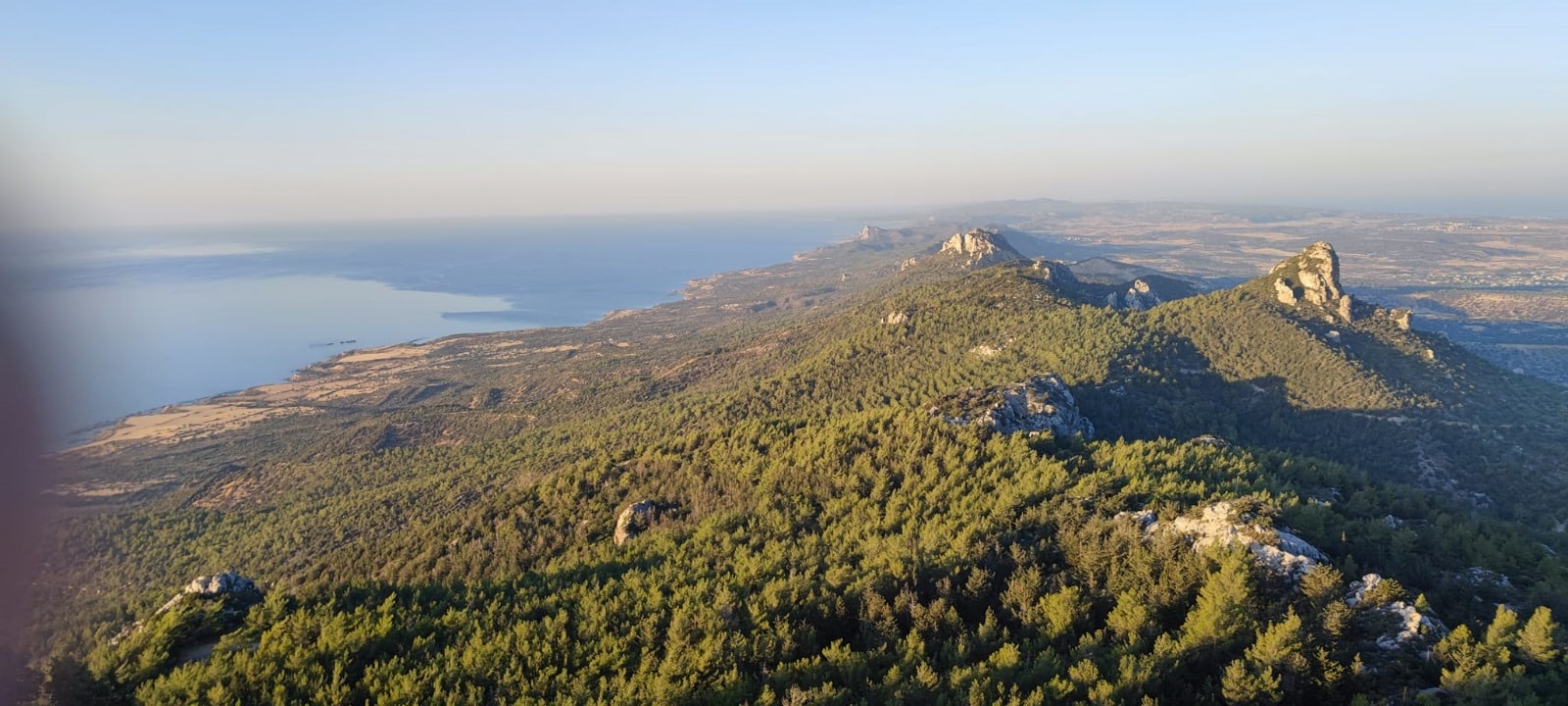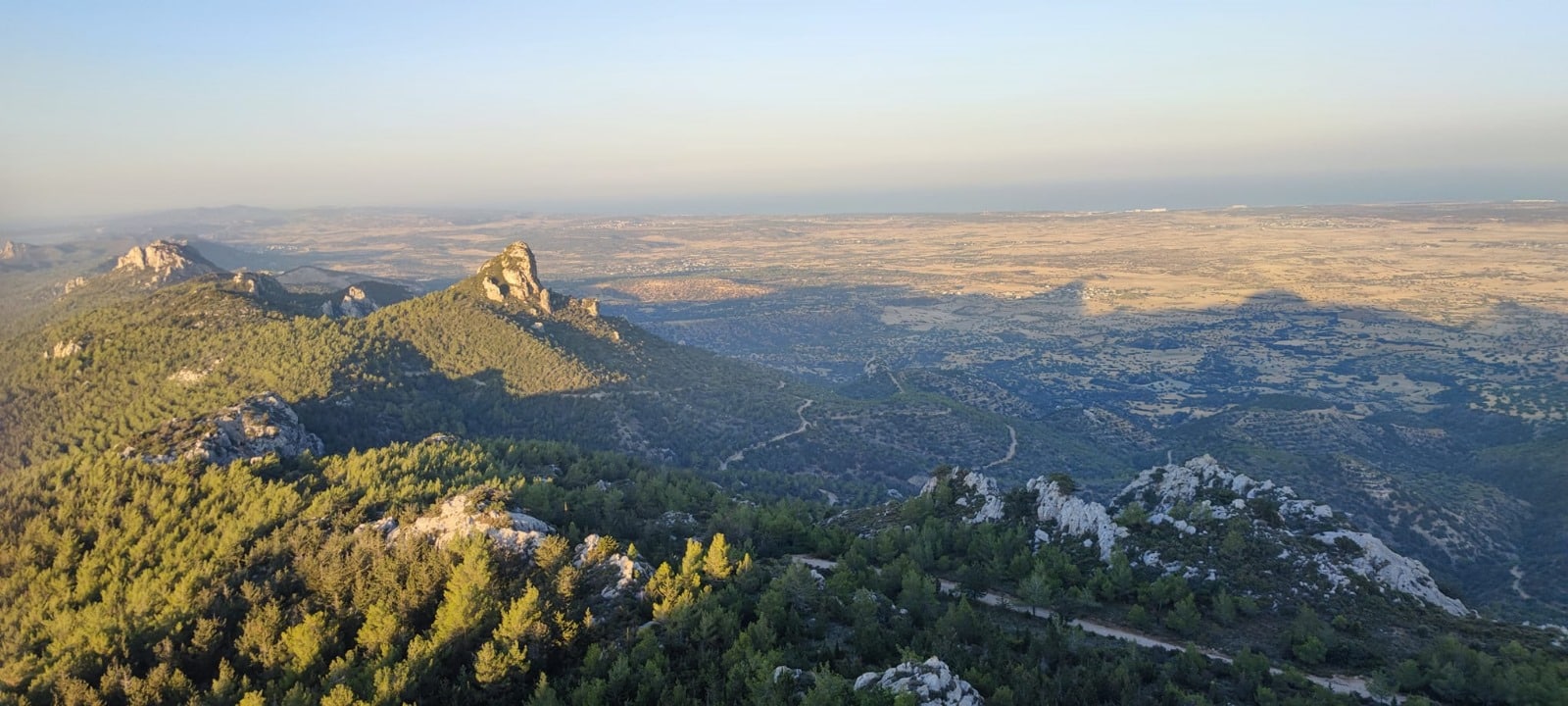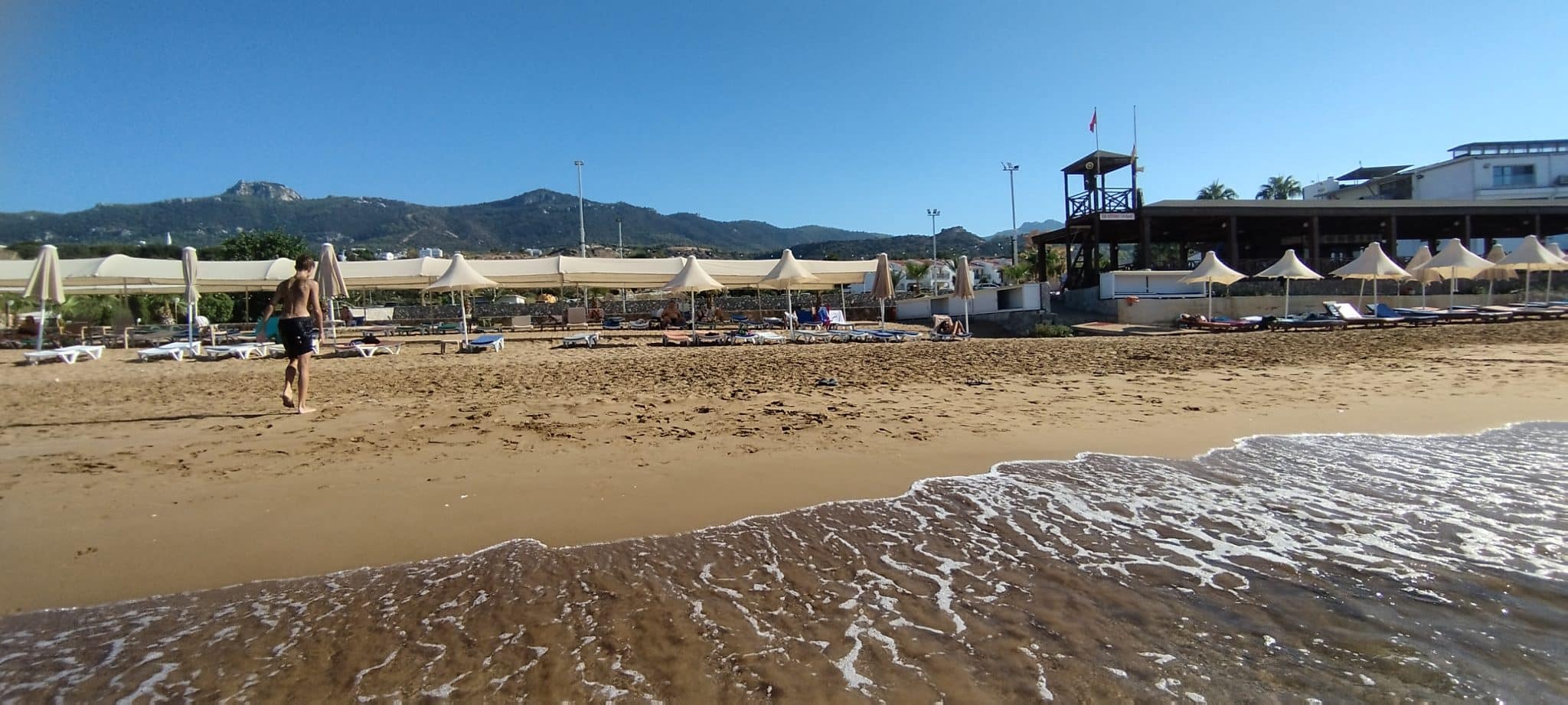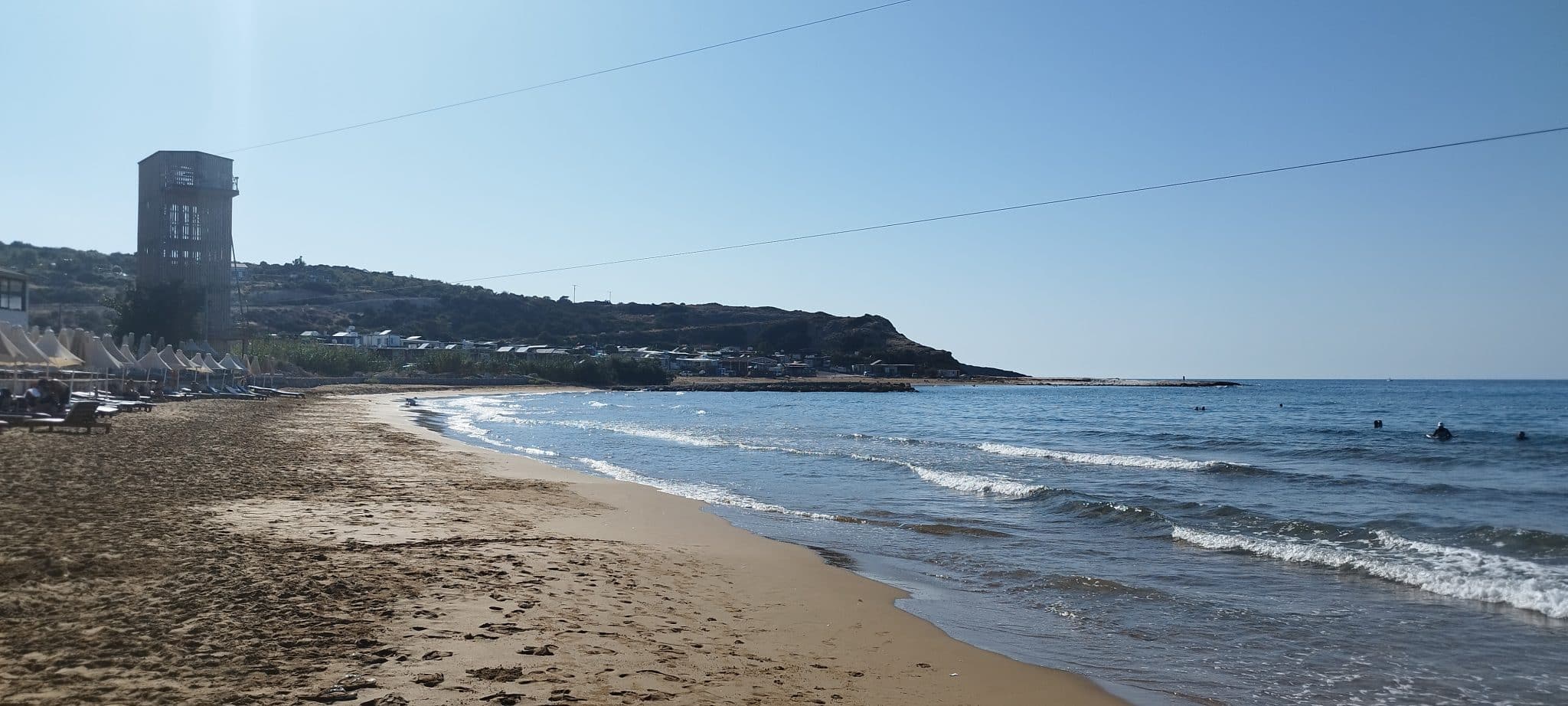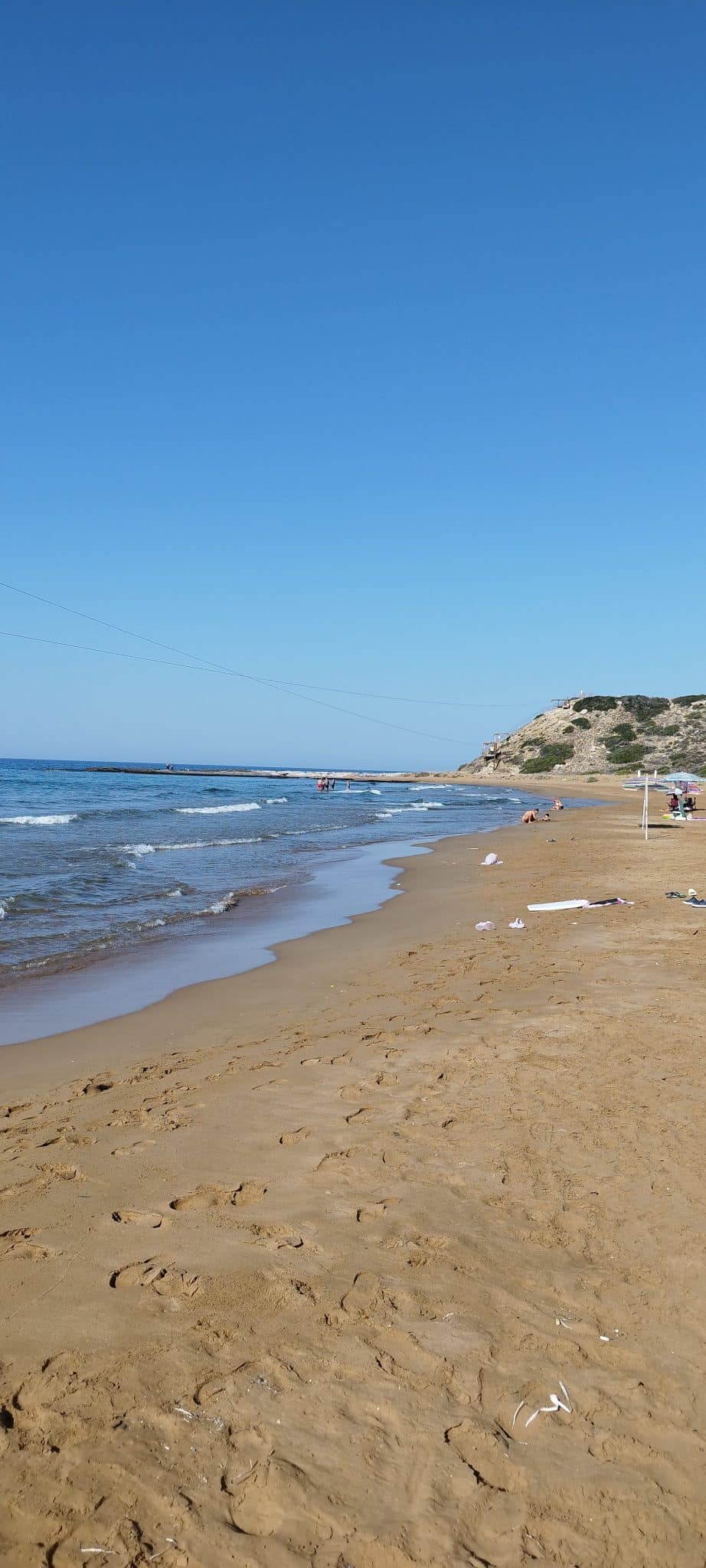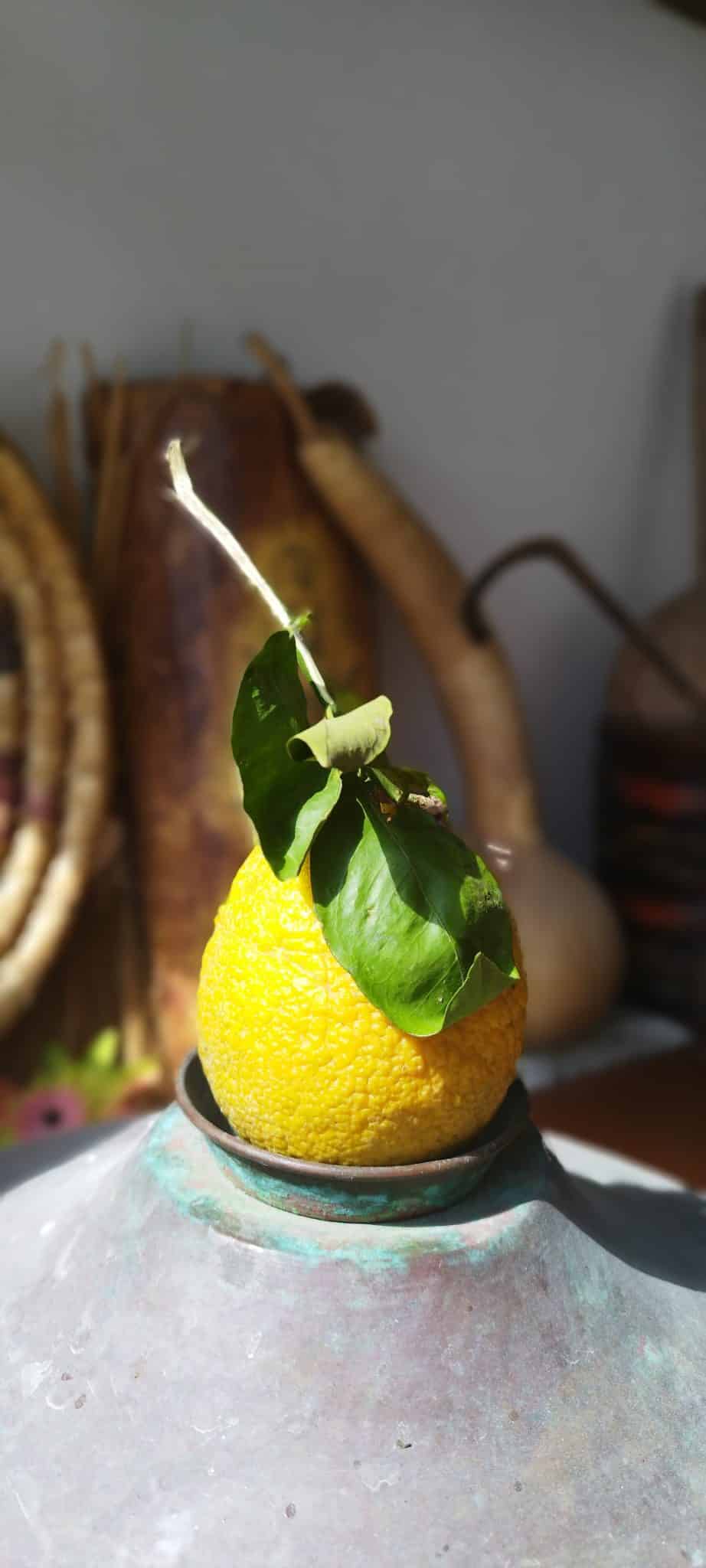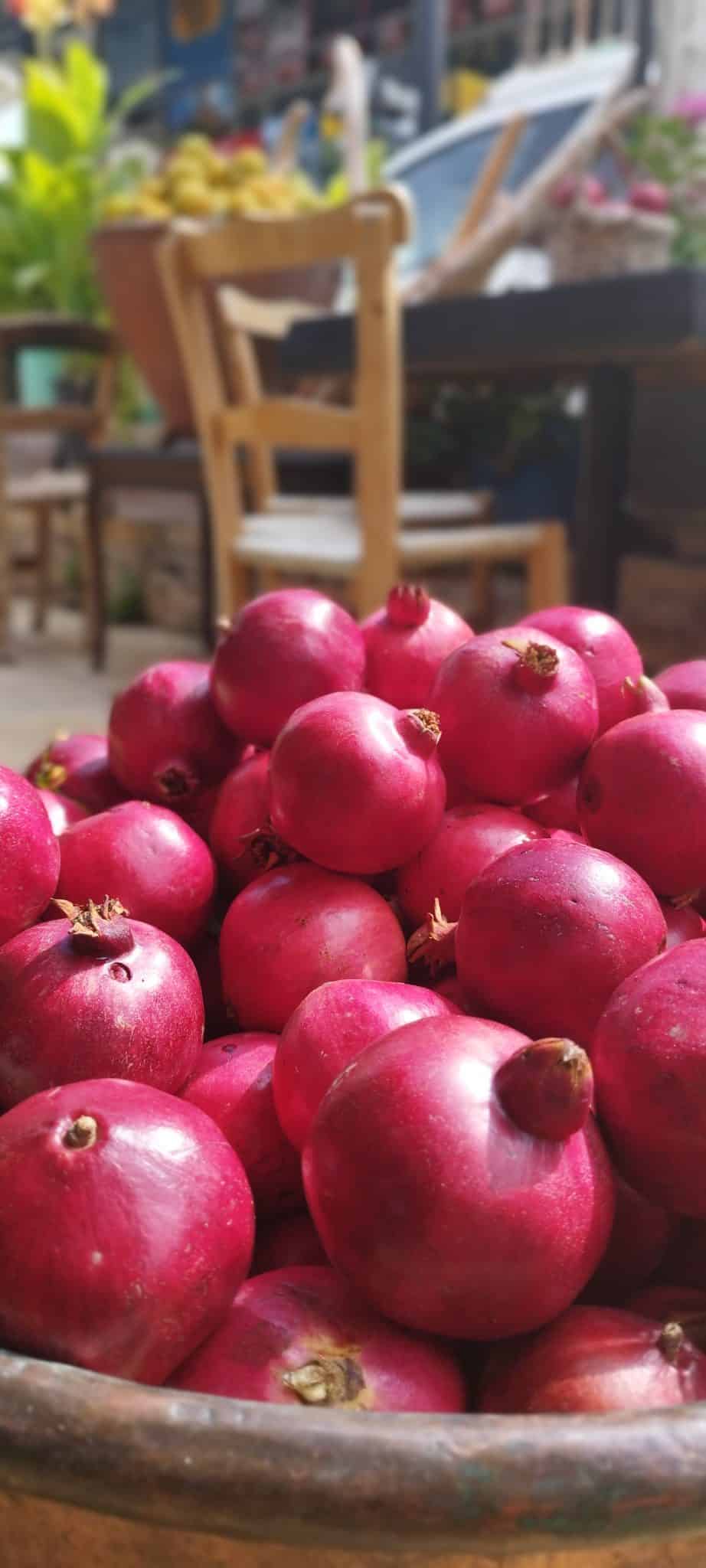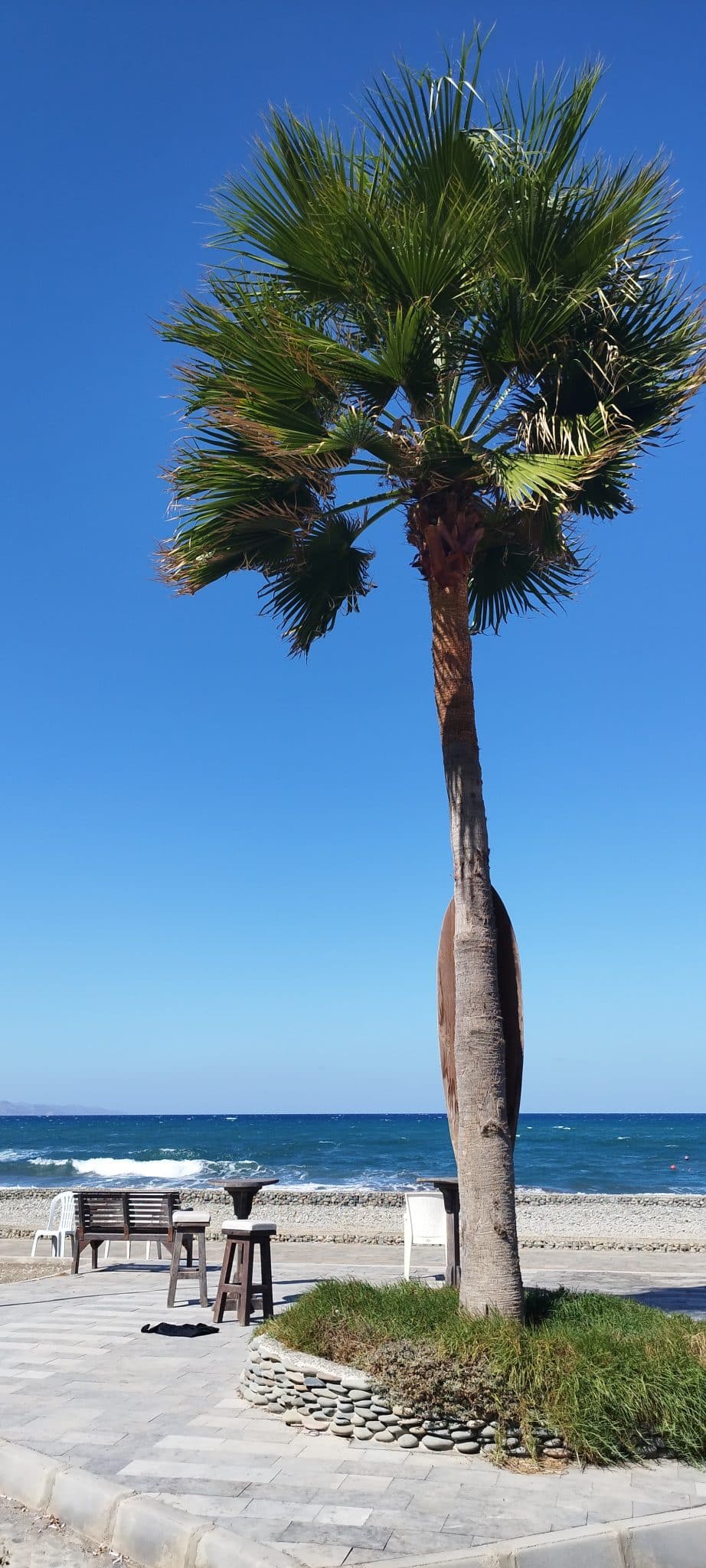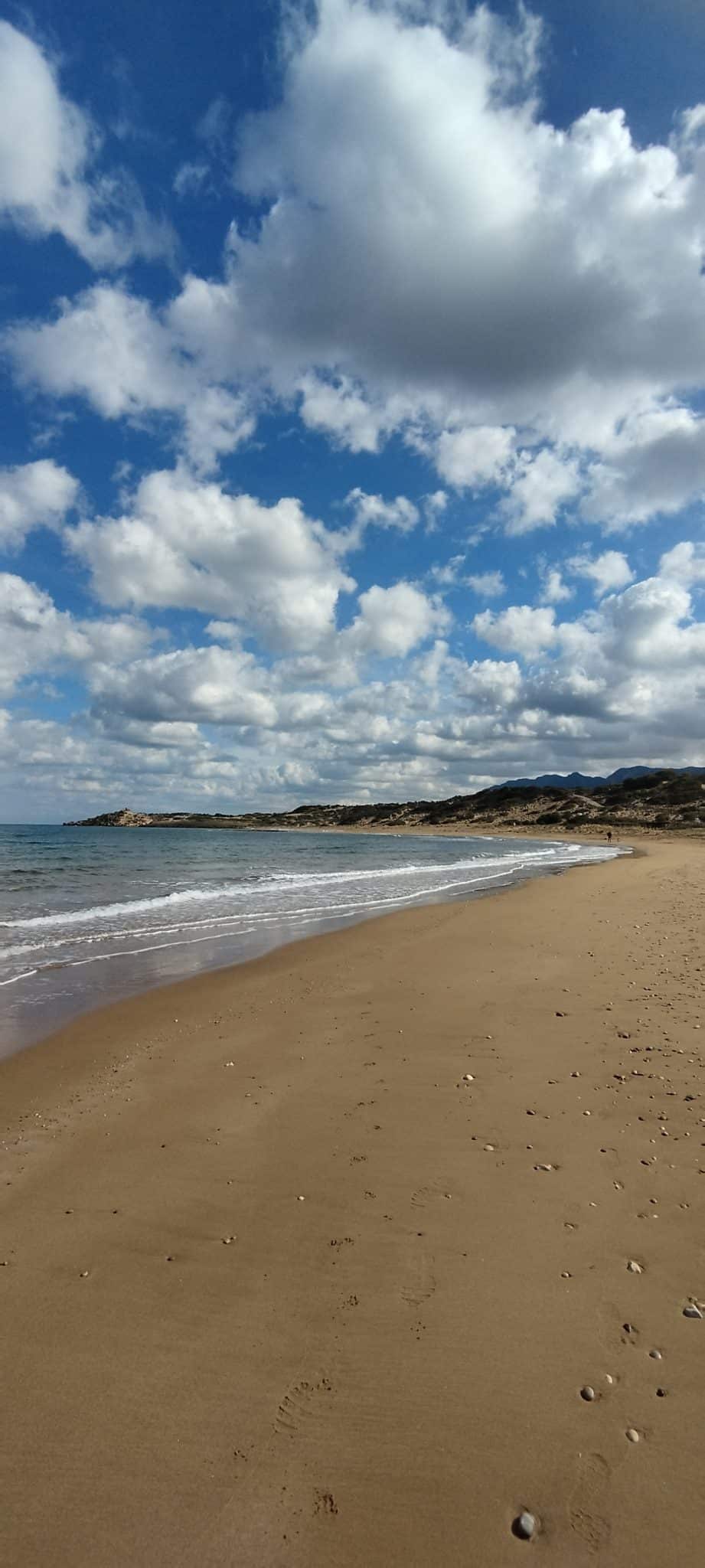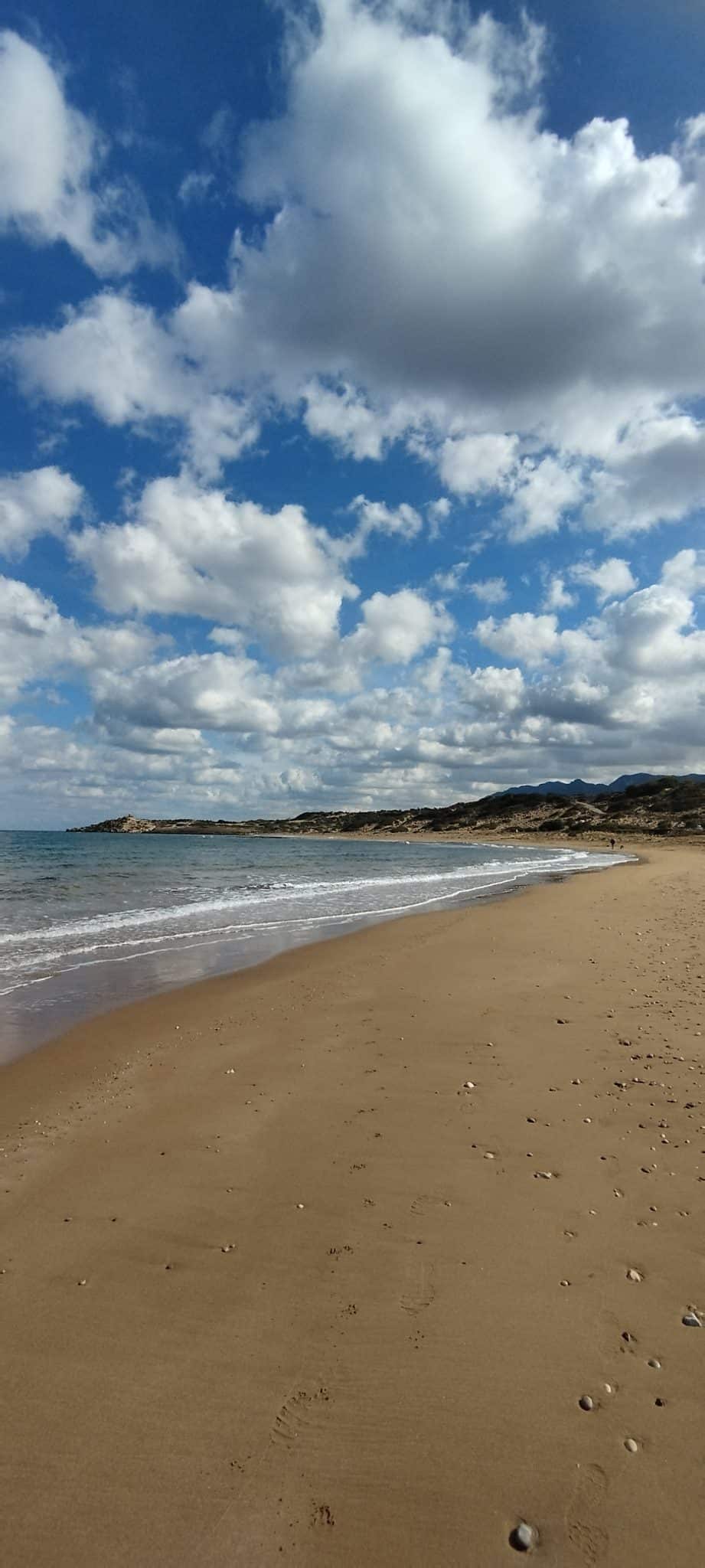Cyprus is truly the jewel of the Mediterranean, offering a combination of history, culture and natural beauty. Enjoy your holiday and discover all its treasures!
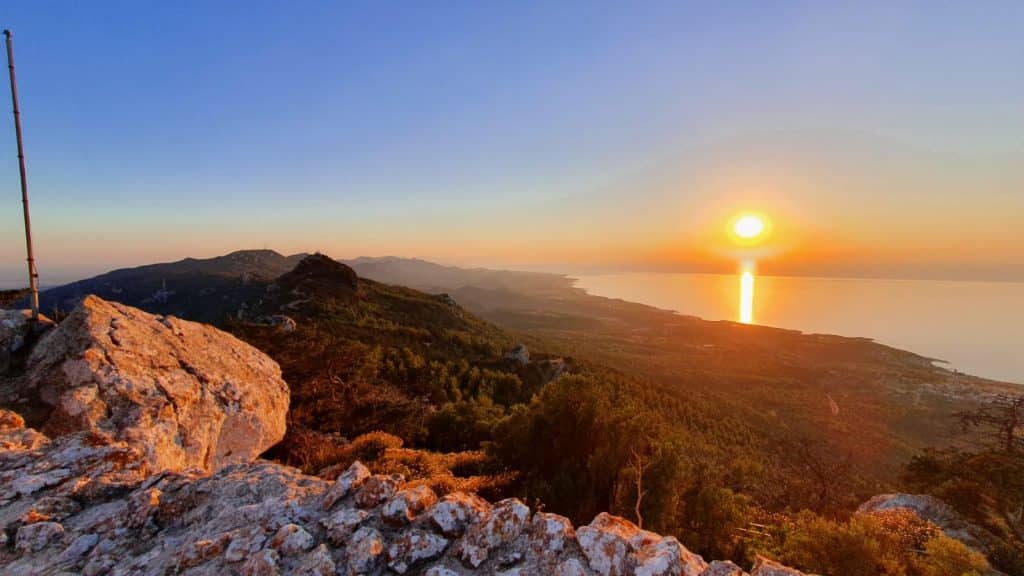
KYPR – over 300 days of sunshine a year
The capital city of Lefkosa/Nicosia is the only one in the world divided between two states. Northern Cyprus shares it with its southern neighbour, the Republic of Cyprus. Turkish is spoken in the north and Greek has taken over the south, but you can speak English here without much trouble.
In the north there are still signs of the violent partition of the island in the 1970s. Due to the isolation of the Republic of Northern Cyprus, mass tourism has not penetrated here. Beautiful long beaches are lined with lush greenery instead of hotel complexes, and tourists are seen as guests rather than a seasonal source of income.
Northern Cyprus resorts are among the last unspoilt areas in the Mediterranean. The beaches of the Karpaz peninsula are often listed among the most beautiful in the world. Above them rise green hills with unspoilt nature. Tourism on this northern side is also beginning to grow.
7 reasons to go on holiday in Northern Cyprus
Great swimming: fantastic weather with sun for over 300 days a year and over 200 km of golden beaches with crystal clear water.
